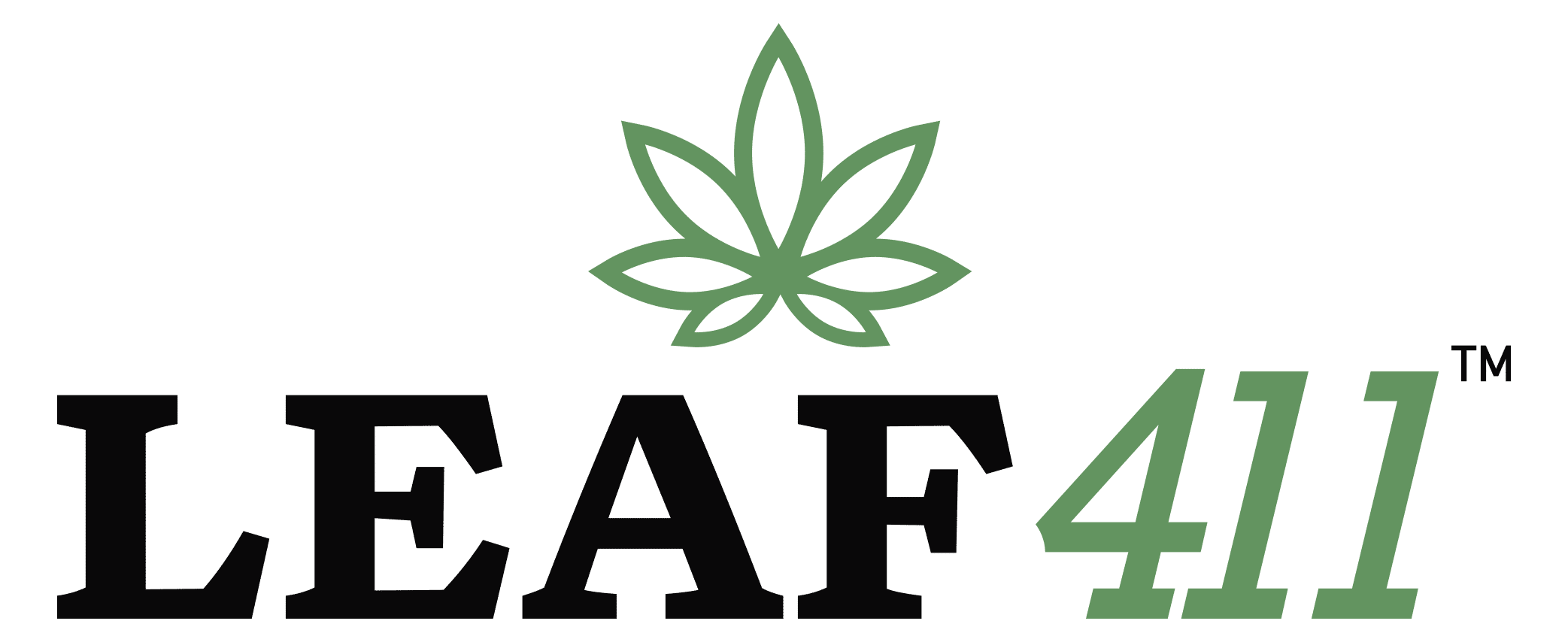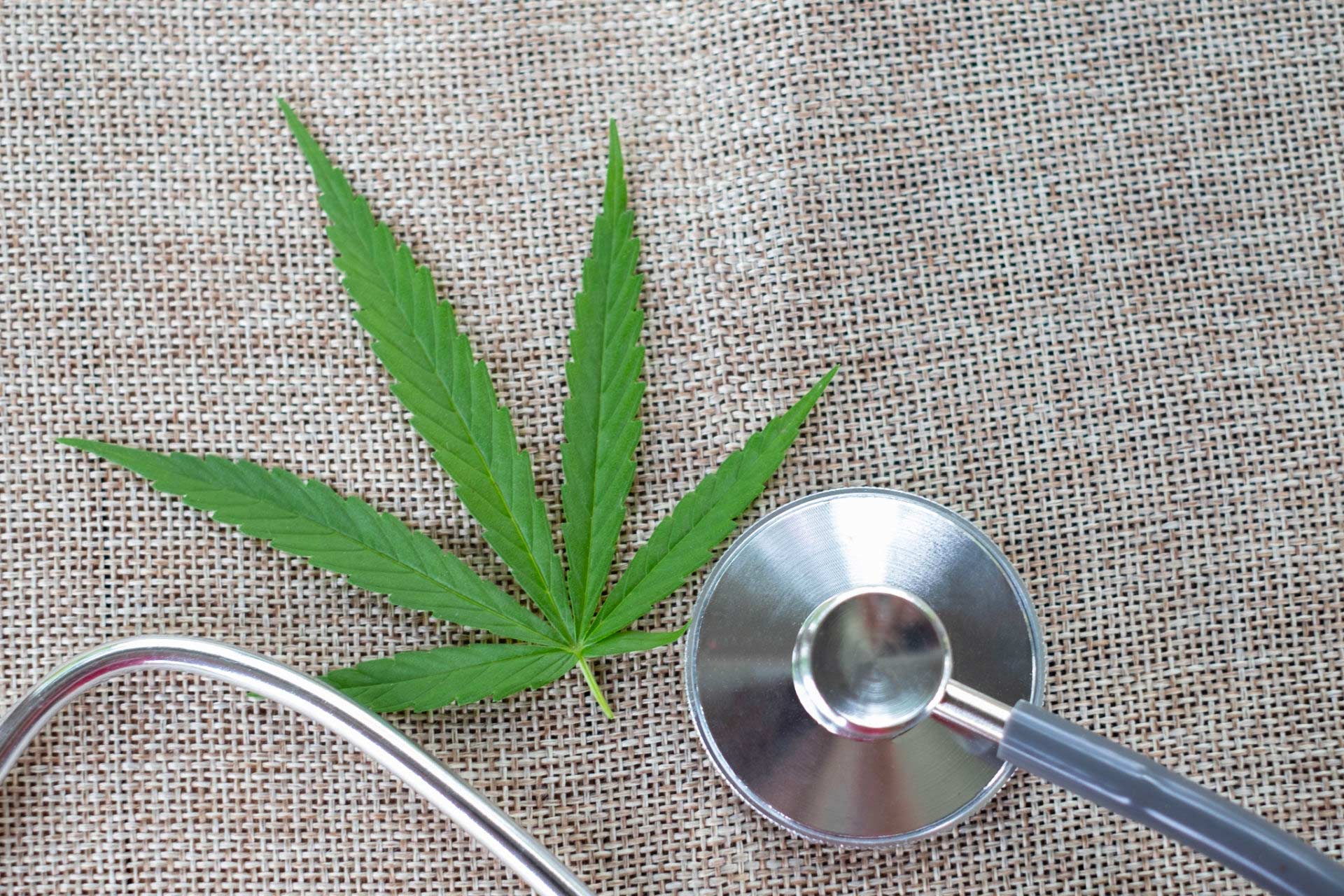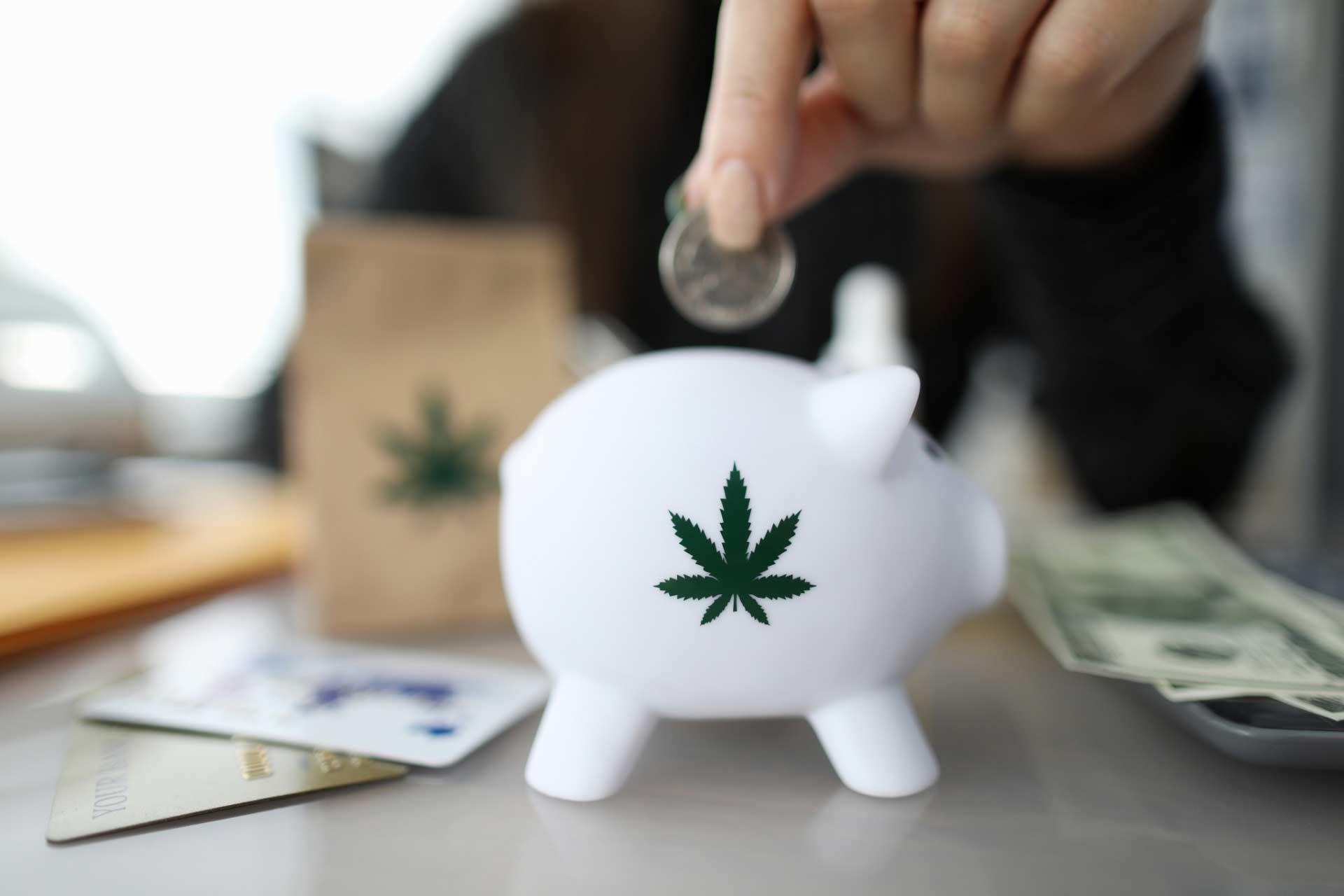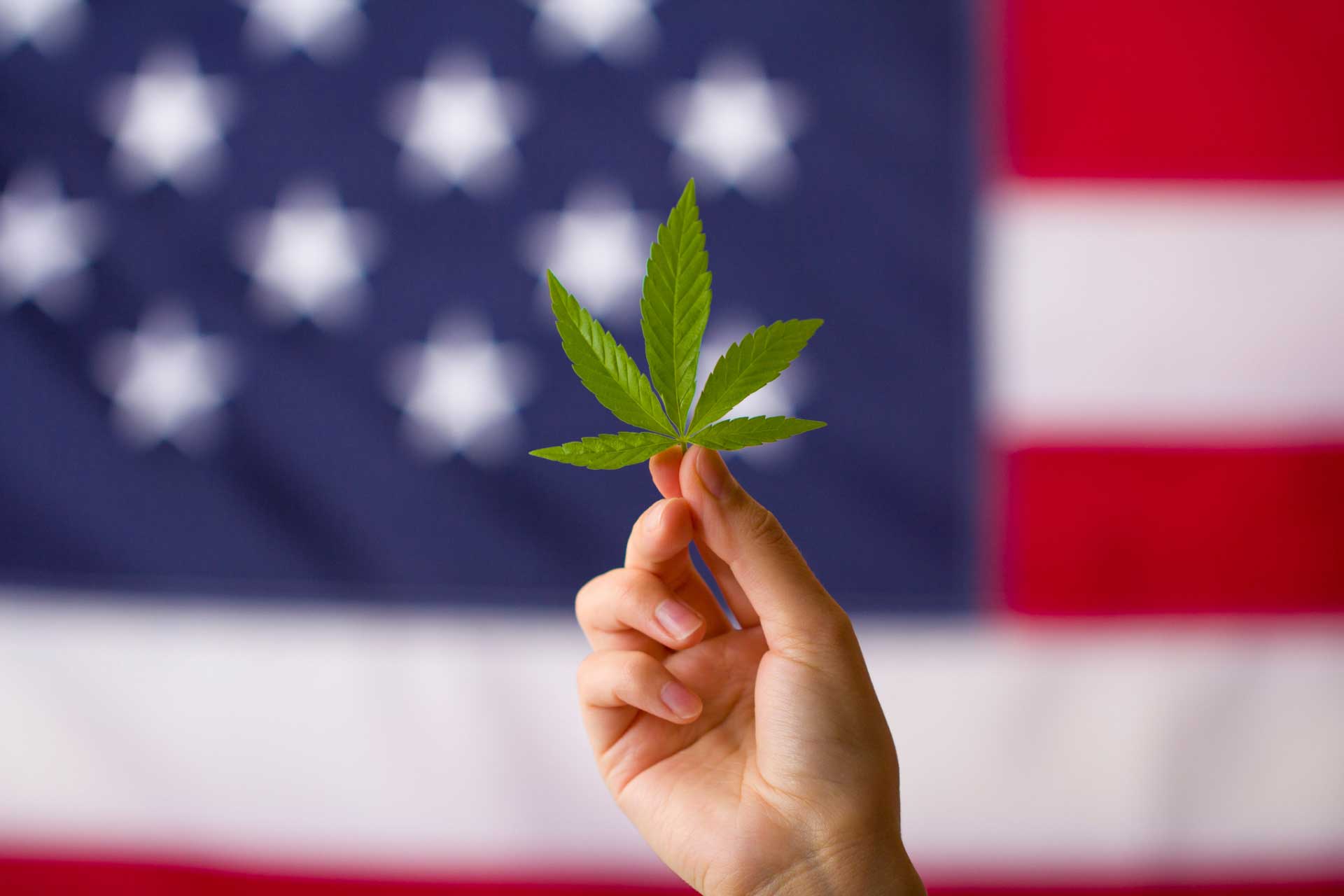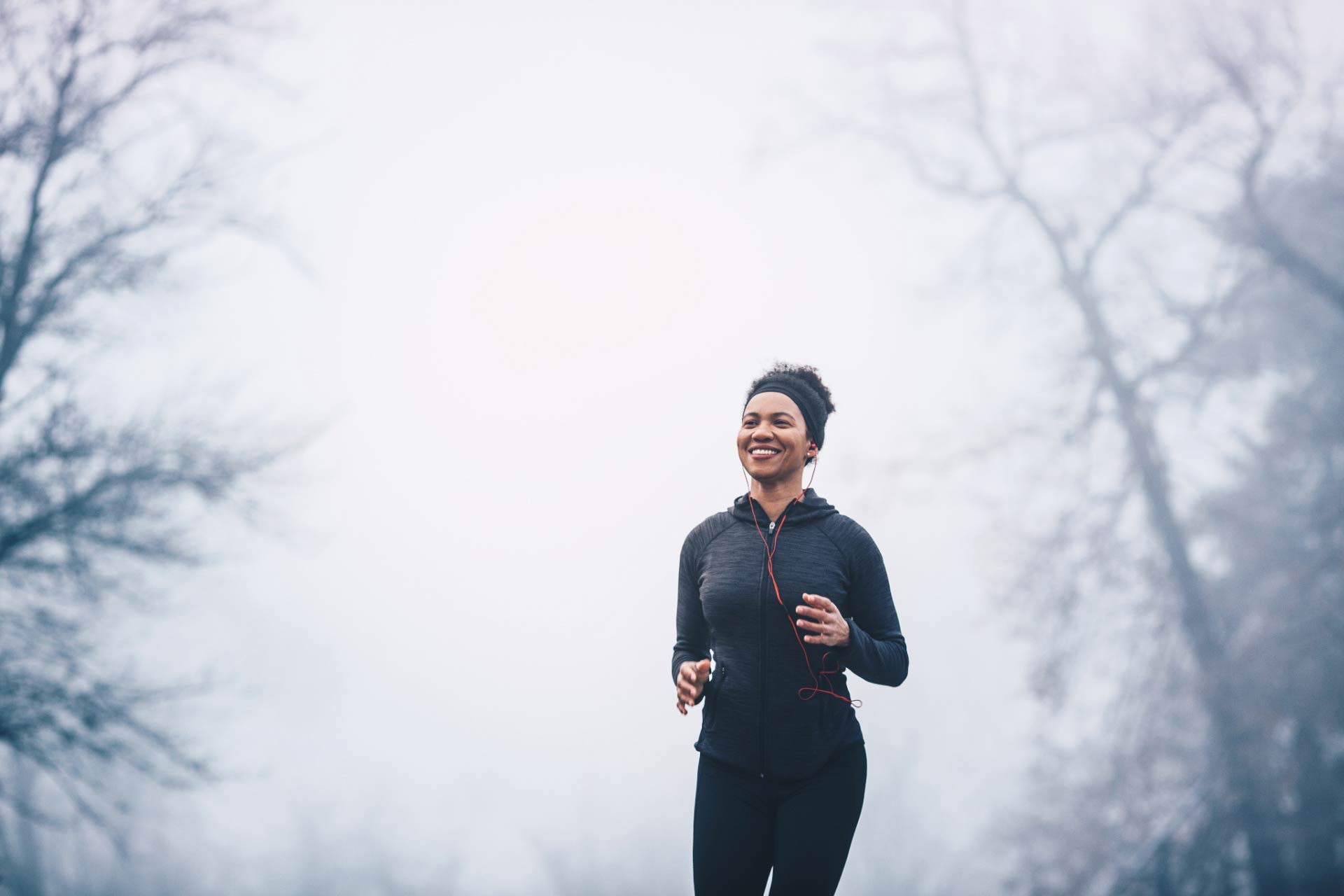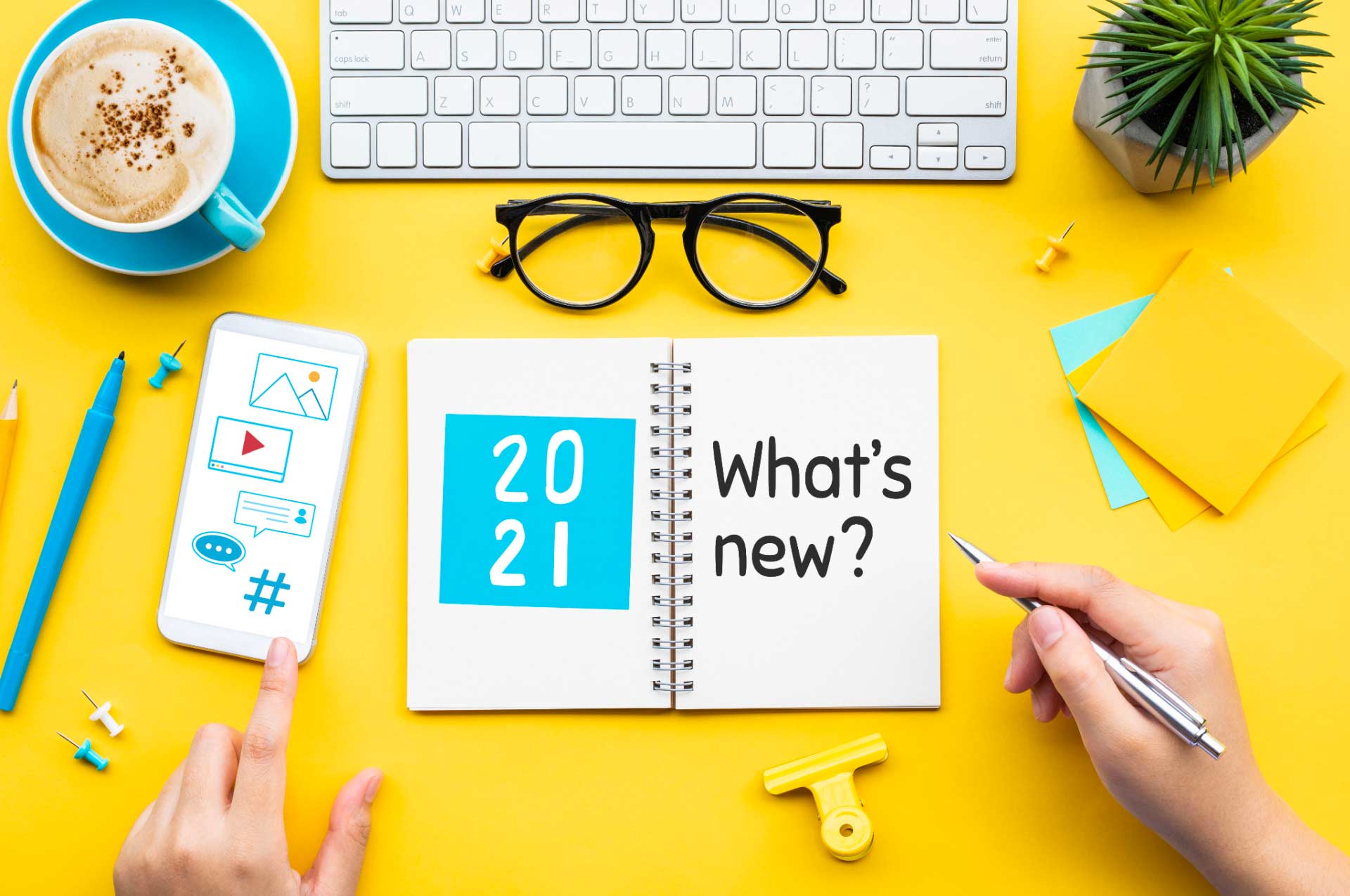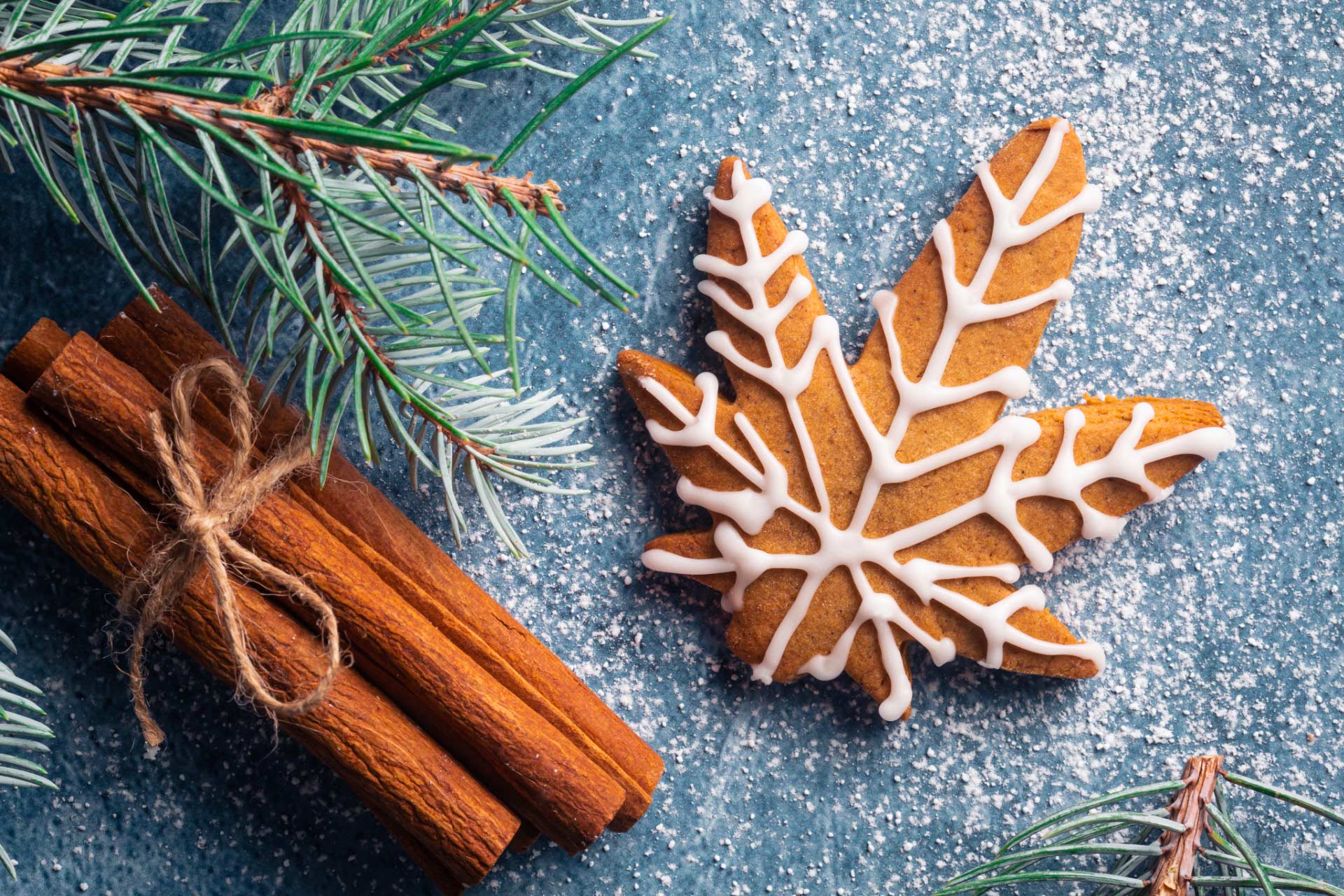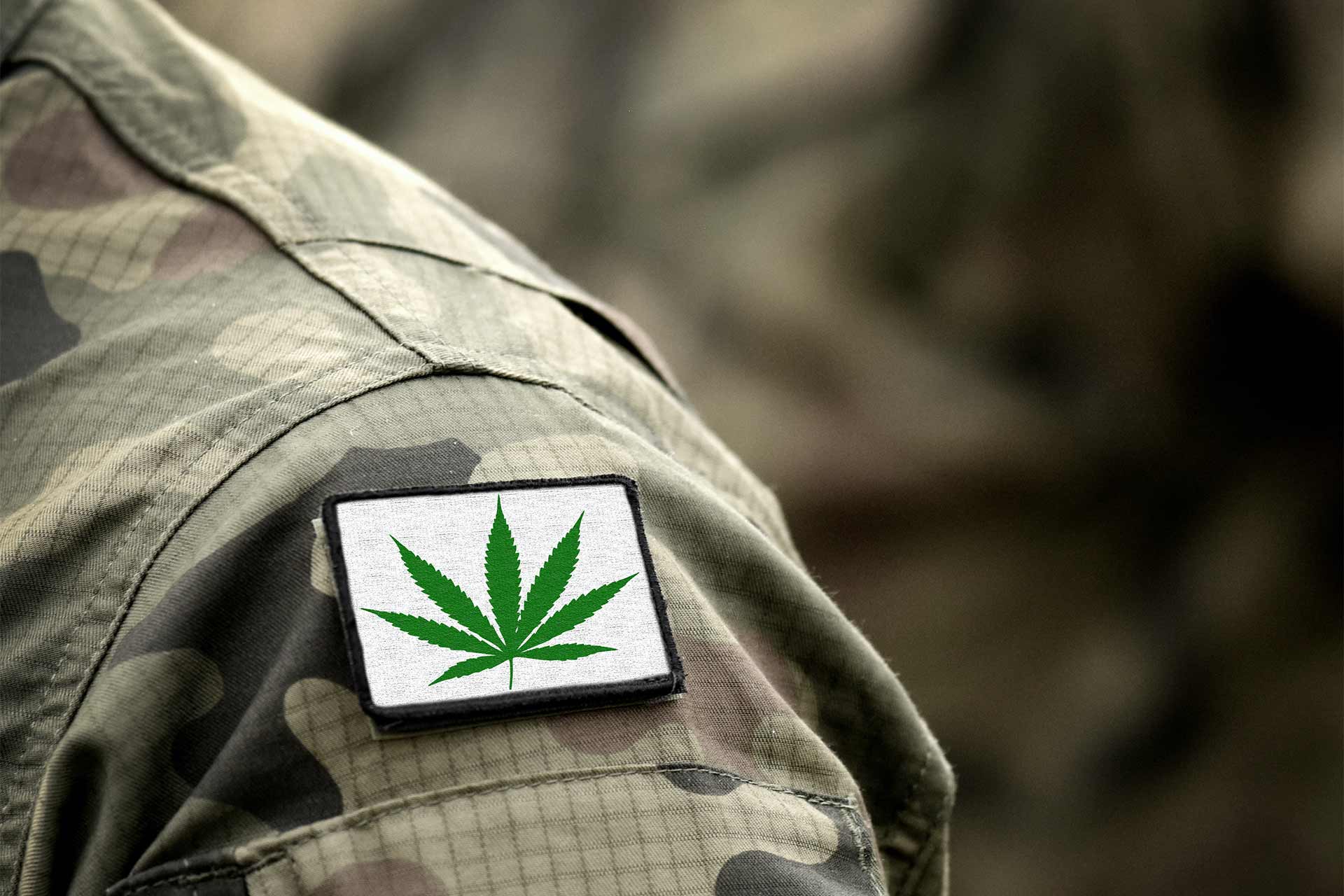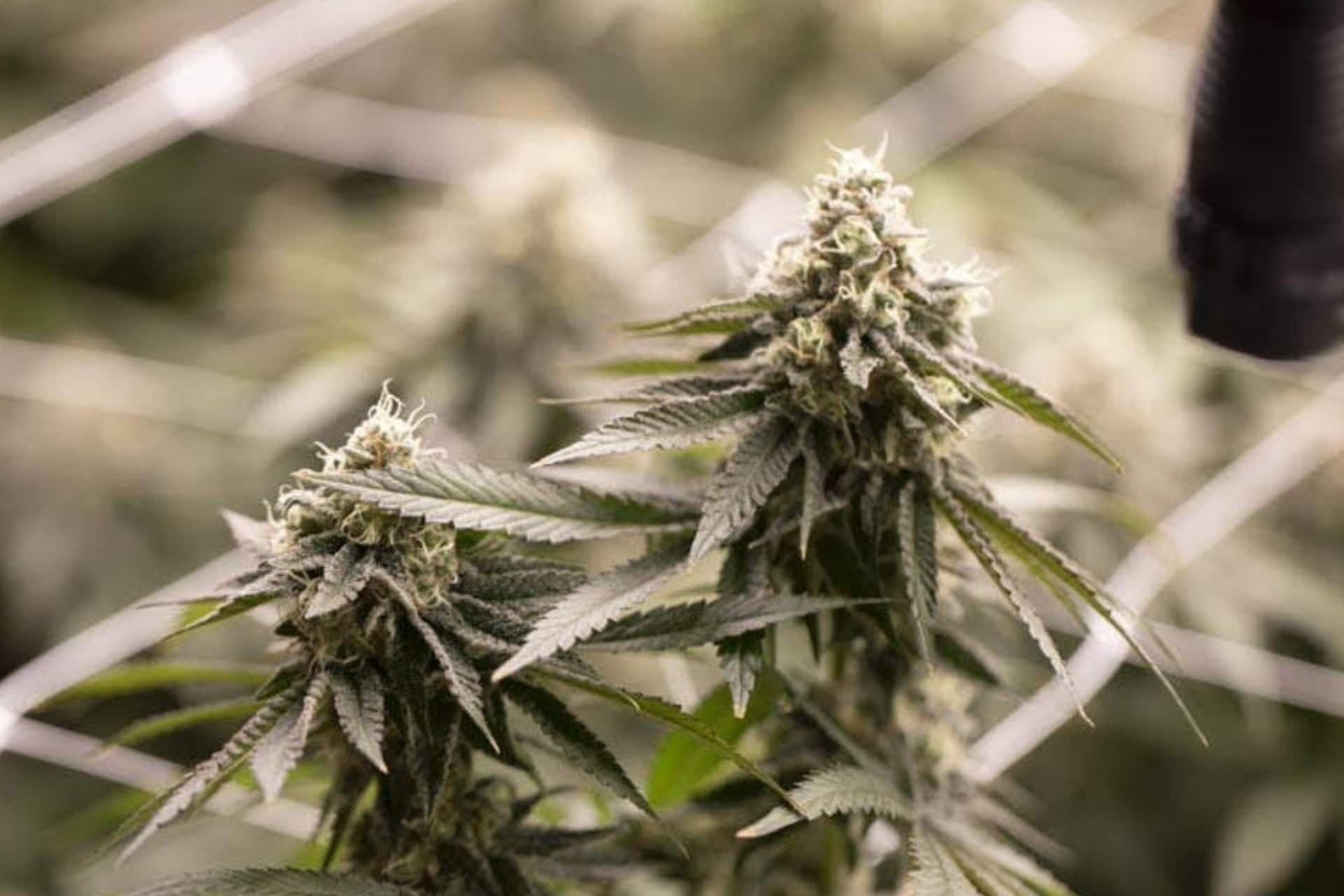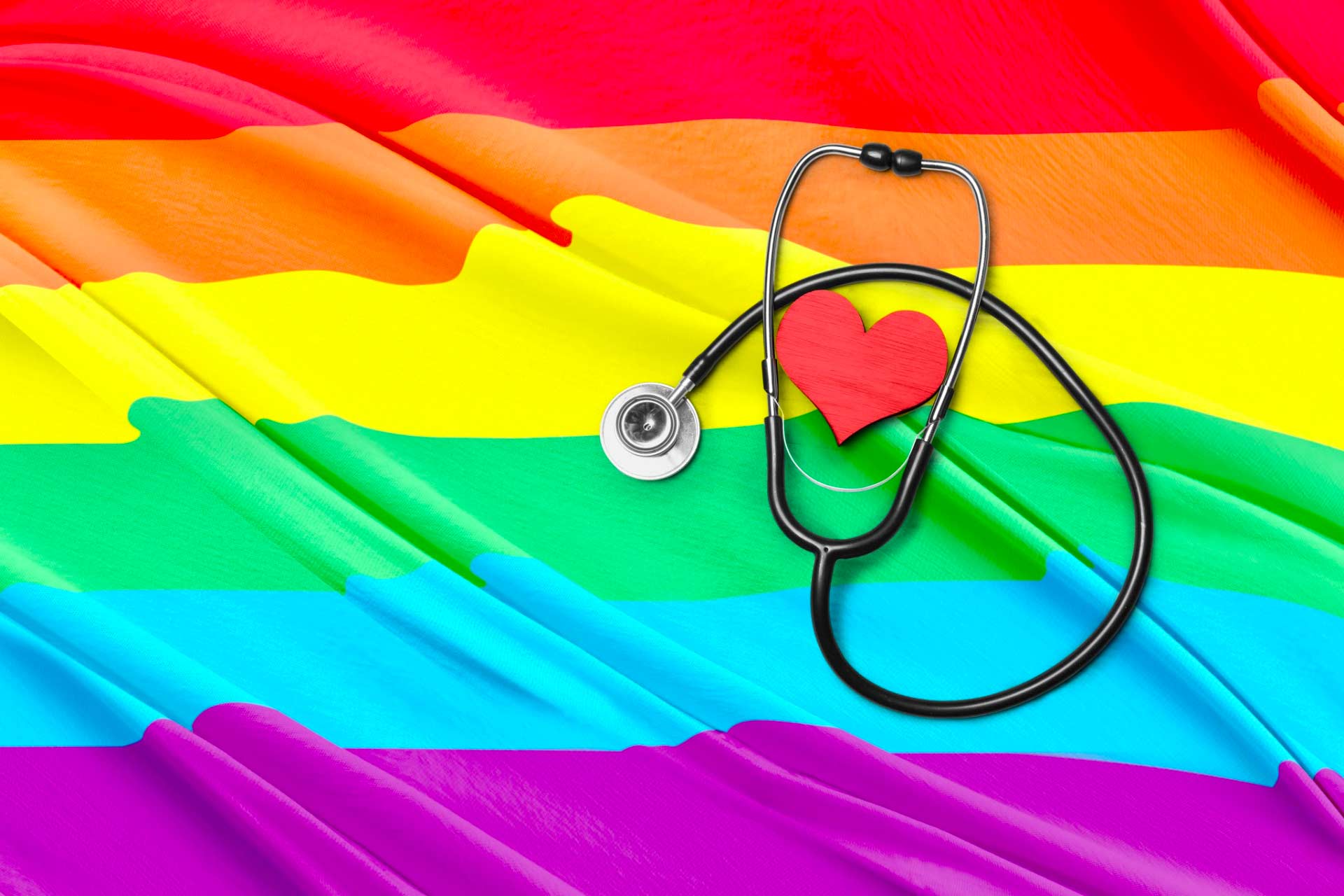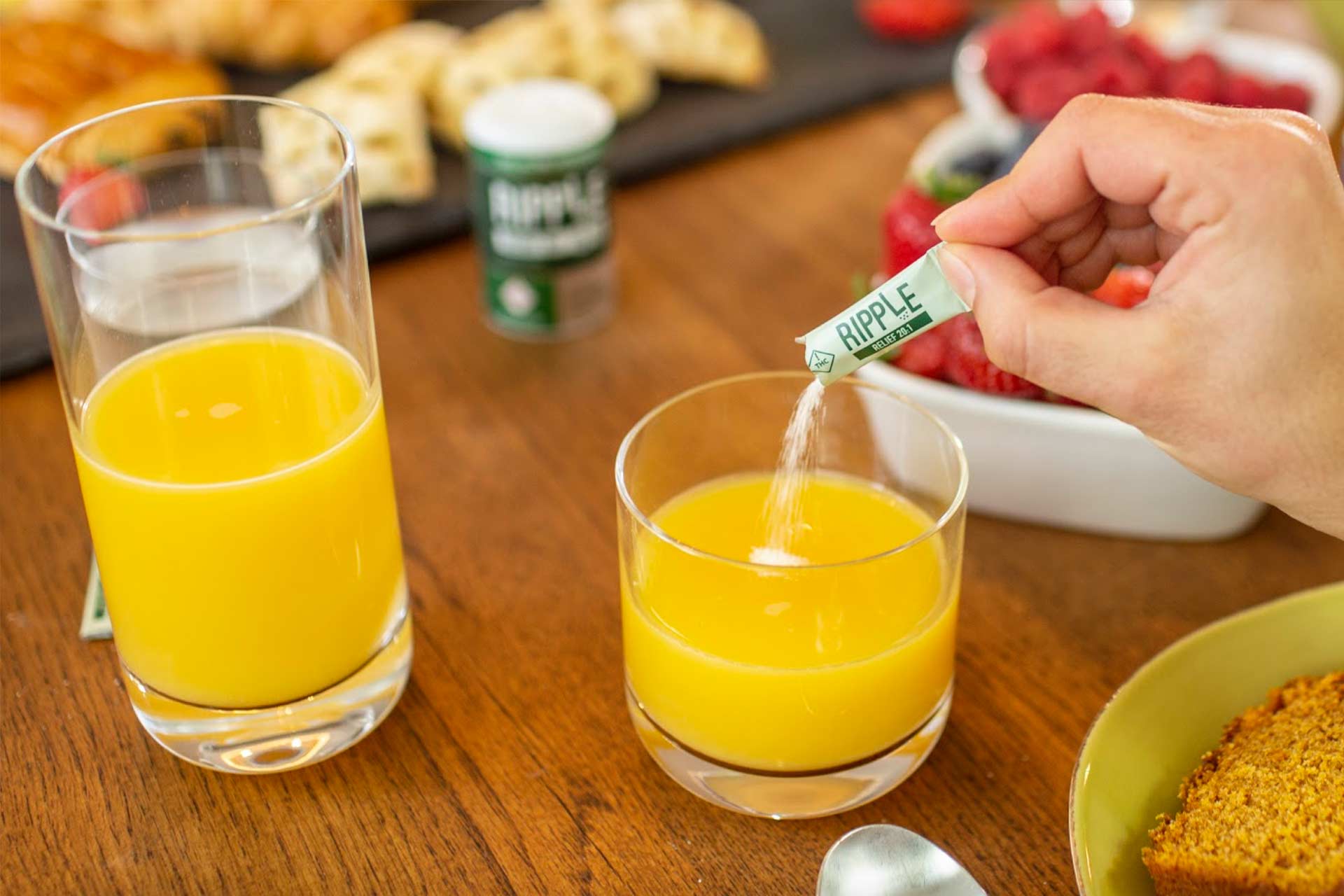Leaf411 Spotlight: Natali Murdock, BSN, RN, Cannabis Nurse Educator
Throughout 2021, we will be profiling board members, hotline nurses, administrative team members and industry partners who are integral to the work we do every day.
While these individuals have diverse professional and personal backgrounds, they all share a passion for supporting medically-sound patient education and resources on cannabis.
In these profiles, you will find reassurance and inspiration. You might also see elements of your own cannabis journey in these stories.
Below, we’re sharing Natali’s story, in her own words, about her evolution from hospital-based nursing to working as a cannabis nurse educator. Natali is a Leaf411 Advisory Board Member and is also a fierce advocate for individuals with disabilities to have access to therapeutic alternatives.

“The different stories I have heard from patients’ family members, specifically parents of children with disabilities have been profound. It has made me believe that cannabis should be a first line treatment and not a last line treatment. Oftentimes parents use cannabis as a last resort and it ends up being the best medicine they have ever used. This has driven my passion to be part of Leaf411 and help educate the public and dispel the misinformation surrounding marijuana use.”
Natali Murdock, BSN, RN, Cannabis Nurse Educator
The Importance of Maintaining a Healthy Balance
I received my Bachelor of Science in Nursing (BSN) while playing college volleyball, becoming the first student-athlete to graduate from my nursing program. Balancing volleyball and nursing school made me aware of the importance of maintaining healthy practices such as exercise, healthy eating and prioritizing mental health. To this day, I rely on these tools in my own life and see how life-changing they can be for my patients, as well.
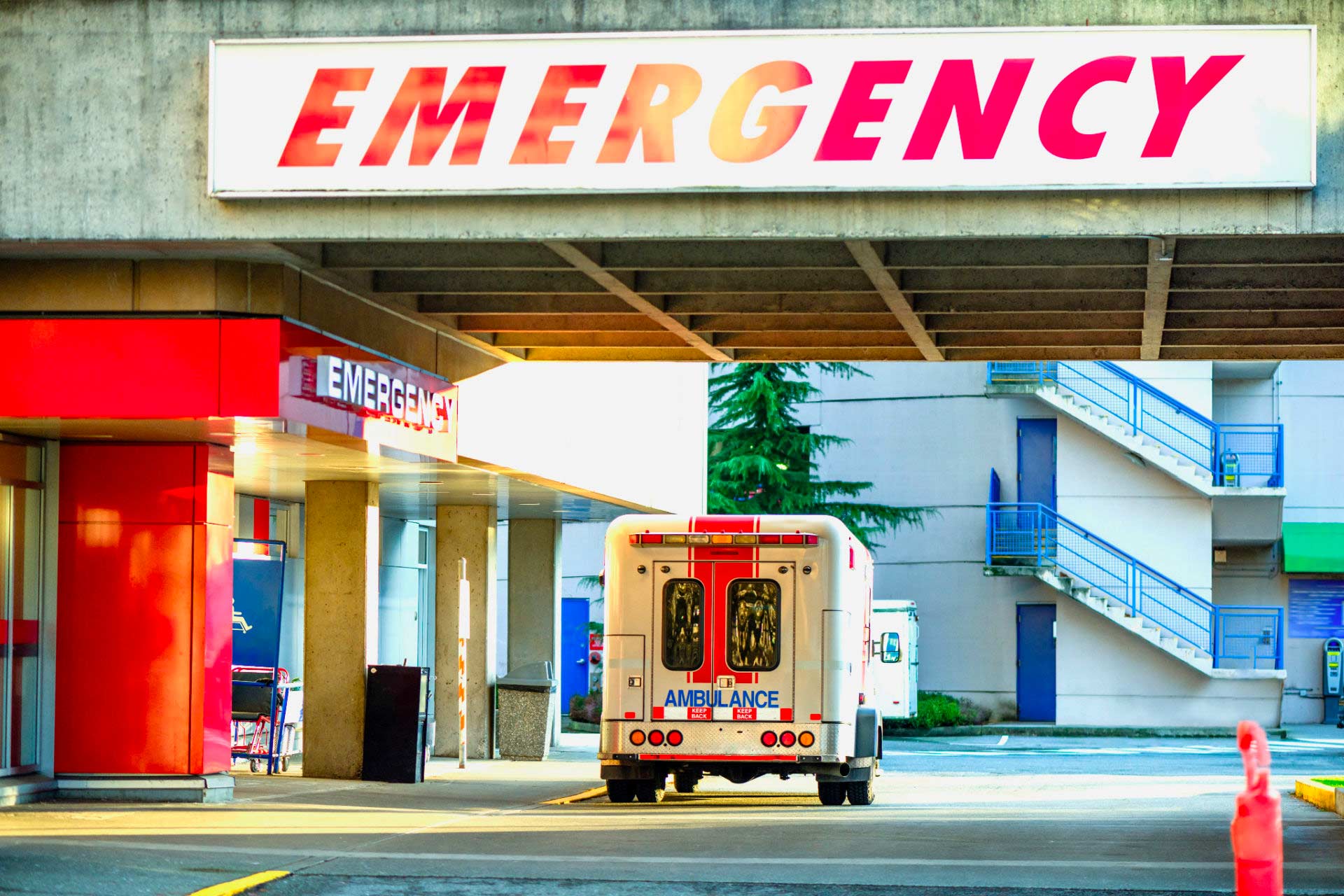
Emergency Department Patient Stories about the Benefits of Cannabis
I have been a registered nurse for 10 years. I originally started my nursing career in a rural hospital on the medical/surgical floor. After a couple of years, I transitioned to the emergency department, where I began hearing from patients who were using cannabis to help manage their health conditions.
When triaging patients there is a section about drug use. If a patient told me that they used marijuana, I would ask what they were using it for. Patients would usually start telling me how it helped with their medical condition. Oftentimes the condition they mentioned would qualify them to become medical marijuana patients. However, large hospitals depend on federal funding. As long as cannabis remains federally illegal, medical professionals are discouraged or outright restricted from recommending medical marijuana.
I then moved to Colorado and worked in various emergency departments throughout the Denver area. I surprisingly found that a lot of patients with various chronic issues did not try or use cannabis medicinally despite being in a legal state. In many cases, this was due to patients’ lack of awareness and education around plant-based medicine. Patients did not know that an alternative was available to them.
I eventually became burnt out from working in emergency nursing. I wanted to help patients in a more natural way as I got to witness the terrible side effects patients had from medication, alcohol, drug abuse and how treating mental health seemed to be failing.

Transitioning into Cannabis Nursing
After I left hospital nursing, I started working in a Medical Marijuana evaluation office in Boulder, Colorado. I quickly gained knowledge about the endocannabinoid system, different uses for cannabis, dosing and products. I also learned a lot from various physicians, cannabis-trained nurses, conferences and literature.
Working as a cannabis nurse, I felt empowered to finally be able to answer any questions patients had about medical marijuana use, side effects, drug interactions, etc. My new role was a far cry from my old position working in hospitals, where information and resources on medical marijuana were sparse or nonexistent.
I now live in Arizona, where I remain dedicated to providing balanced education and guidance on safe, effective use of cannabis medicine. The different stories I have heard from patients’ family members, specifically parents of children with disabilities have been profound. It has made me believe that cannabis should be a first-line treatment and not the last-line treatment.
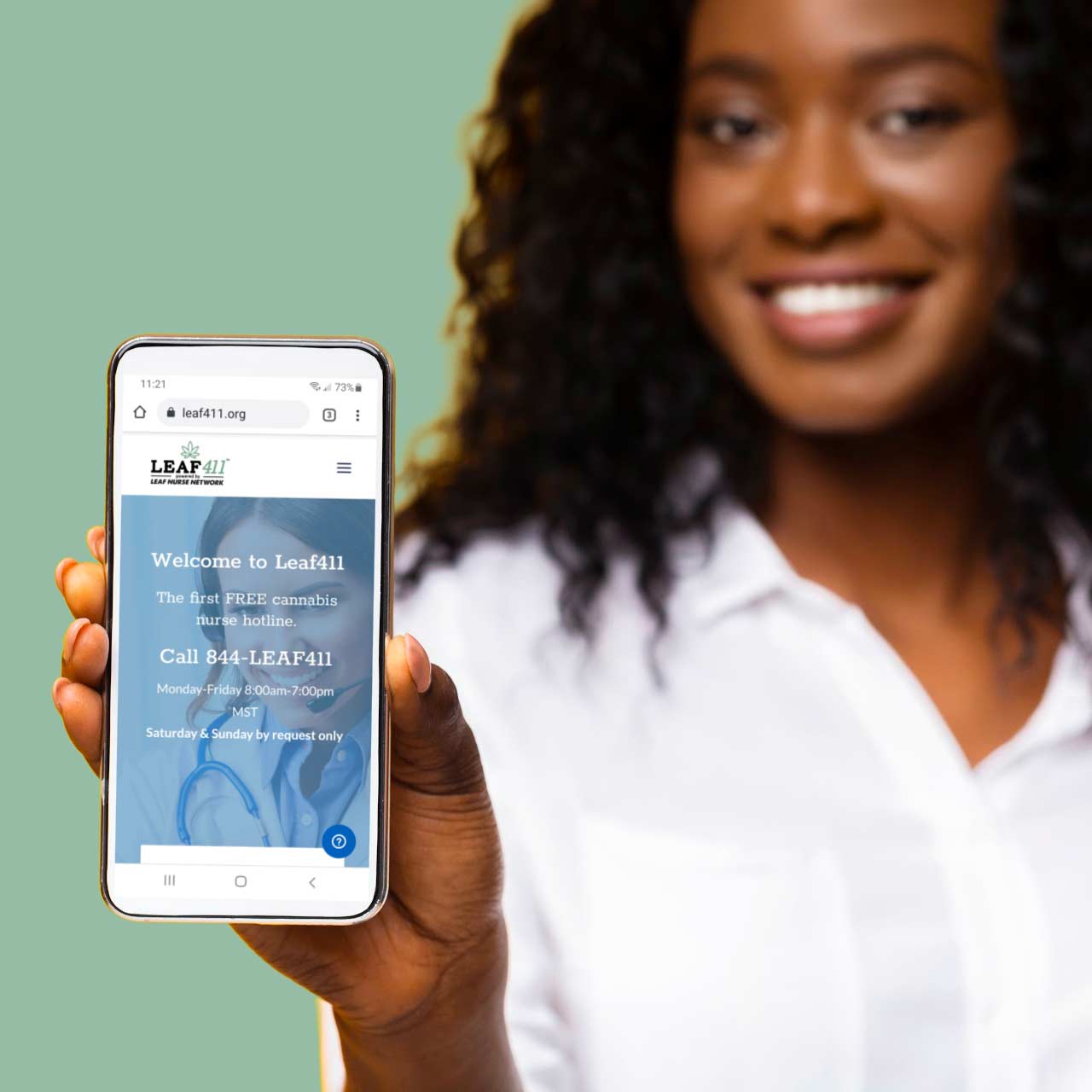
When You Call Leaf411, You Get Expert Help on Cannabis… For Free!
We appreciate the work that Natali and the rest of our staff do every day to bring medically sound, balanced education and guidance to you—the public—at no cost!
When you call the hotline, you can be confident that your questions and concerns will be taken seriously, and that you will be treated with respect. Our nurses are passionate about helping others on their cannabis journey, no matter where they are at. You can even call if you’ve never tried cannabis before but are curious about whether it might be an option for you or a loved one.
Call our hotline at 844-LEAF411 (844-532-3411) with your questions, or chat us from our home page during hotline hours, Monday-Friday from 9:00 a.m. to 7:00 p.m.
The Leaf411 cannabis nurse hotline provides free, anonymous education and directional support to the general public about the safe use of legal cannabis. We partner with select business members who meet our rigorous standards to extend our education and outreach efforts.
Saving Money on Cannabis
Learn how dispensary deals and specials can save you money
Medically reviewed by Katherine Golden, RN
Written by Denise Rustning
Cannabis is an amazing plant. Depending on the cultivar (strain), it may serve as an effective tool for pain relief, sleep support, or even pre-workout motivation! However, the cost of cannabis adds up. Today we’re sharing our top tips for saving money on cannabis, and it starts with knowing what you need, as well as where to look for discounts and deals on cannabis products.

Before You Shop: Know Why You Want to Use Cannabis
One of our top tips for saving money on cannabis is to start by identifying why you want to use cannabis, then find the strains or product types that match your goals before you head out to the dispensary. Otherwise, you could end up buying something that sounds good, but doesn’t align with your needs.
For example, if flower is your preferred type of medicine, the Red-Headed Stranger strain might pique your interest based on its name (yes, it is named after Willie Nelson’s 1975 album!). Red-Headed Stranger may become your best friend if you’re looking for a creative, energizing daytime boost. However, if your goal is improved rest, then this strain would not be a good fit.
Cannabis products are also available in different potencies, different ratios including both CBD and THC, and a wide range of product forms including flower (bud), concentrates, tinctures, pills, edibles, topicals and even suppositories that have different onset and offset times.
While you may be tempted to say, “Give me your strongest stuff!” to the budtender, in reality, a smaller dose or different form may be more effective (and less expensive!) for your needs.
Every day, our Leaf nurses help callers sort through all the options available in dispensaries, providing impartial, balanced guidance and education. Call our free hotline at 844-LEAF411 (844-532-3411) for help with your questions.
Dispensary budtenders can also help point you in the right direction; however, keep in mind that they are not medical professionals, and in fact are restricted from giving medical advice.
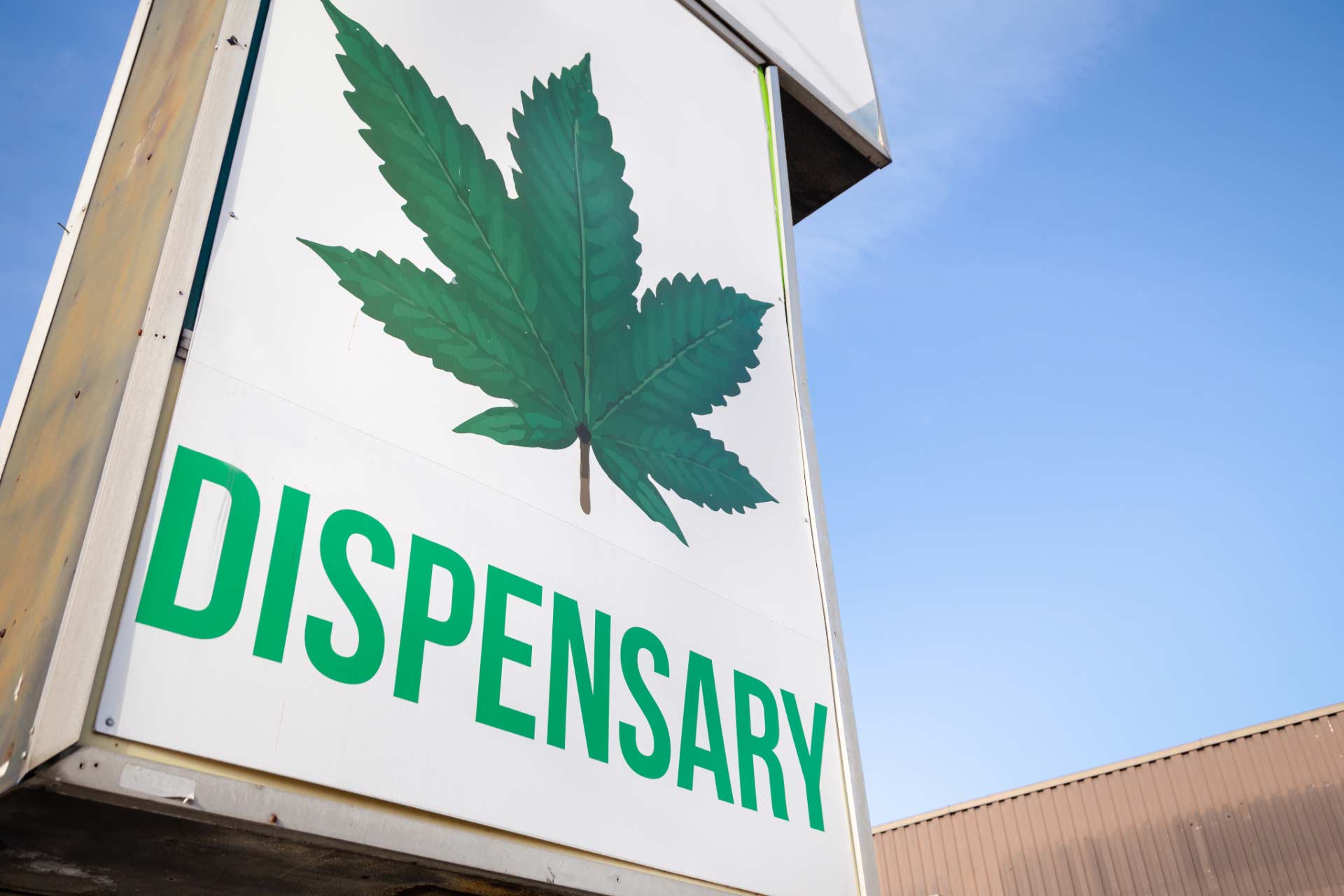
Finding Dispensary Deals and Specials
You’ve done your research and narrowed down your product selection. Now, let’s turn to ways to save money on your cannabis.
Cannabis advertising is heavily restricted. You won’t find dispensary sales circulars tucked in your mail. However, cannabis retailers in most legal states can offer specials to consumers—you just need to know where to look for the details!
Visit a dispensary’s website and you’ll likely find recurring specials on a set day of the week, making it easy to plan your shopping around your product preferences. Are you an edibles fan? Many dispensaries offer 10%-20% discounts on edibles on Mondays or Tuesdays. Other days may feature specials on flower, concentrates, topicals or products containing CBD. By timing your shopping trips around these weekly specials, you can save considerable money.
In addition, some dispensaries offer ongoing discounts to Veterans and to customers who are 65 or older. It doesn’t hurt to ask if the dispensary offers these discounts!
Beyond ongoing promotions, dispensaries often hold sales in conjunction with product launches or holidays. Again, the dispensary’s website is the best place to look for these specials.
Why don’t dispensaries share their specials on social media? Most social media platforms have strict rules against online cannabis sales advertising, though cannabis businesses may share informational or educational content.
Finally, use in-person sources of information. When you visit a dispensary, it’s always worth asking your budtender about upcoming sales on your favorite products.
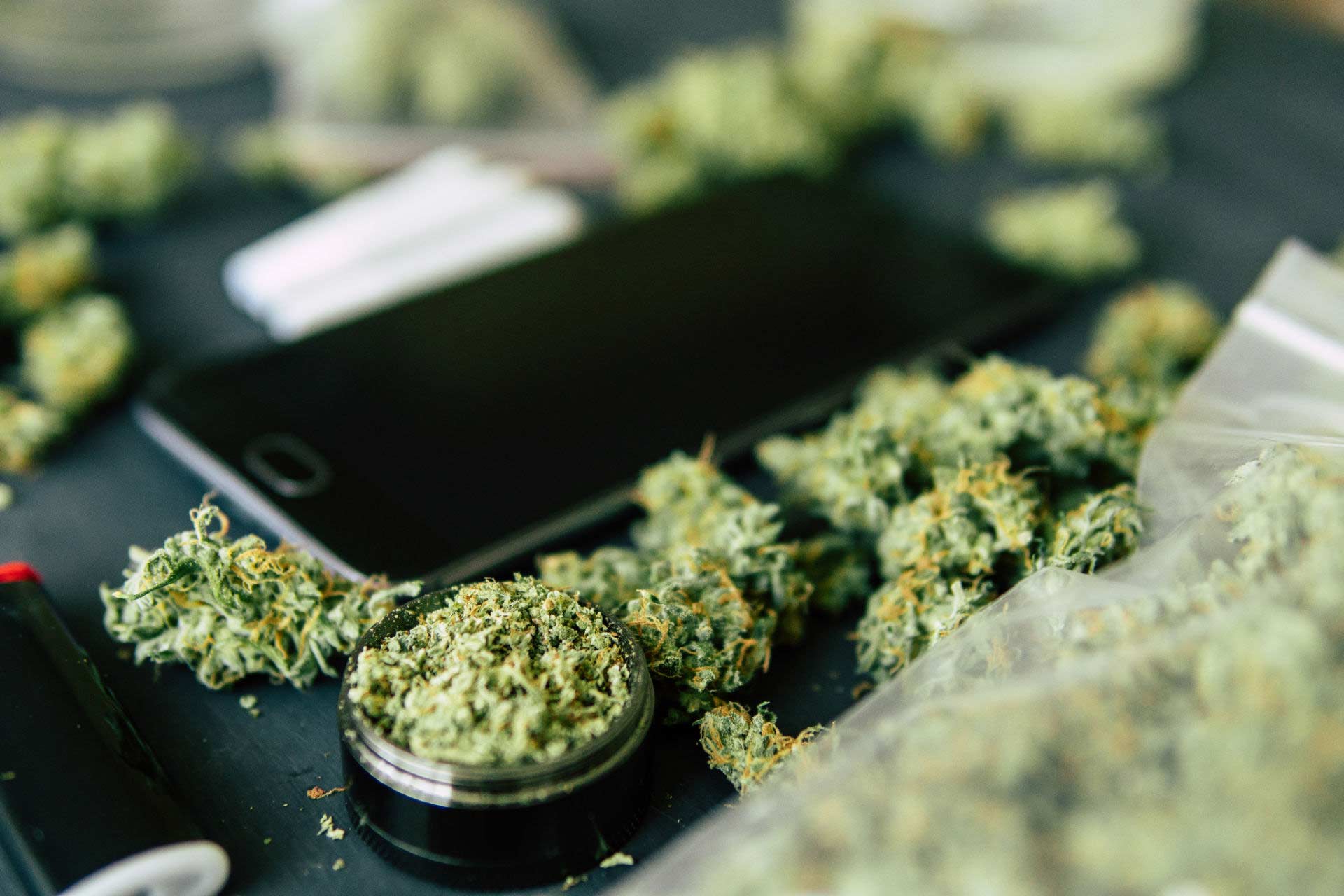
Dispensary Loyalty Programs, Newsletters and Texts: A Good Source If You Don’t Mind Sharing Your Information
Many dispensaries offer loyalty programs that function a lot like any other retailer’s rewards programs. Loyalty members may receive special discounts and deals, including earning points that can be redeemed on future purchases. For consumers who are comfortable sharing their personal information, these loyalty programs can be a good way to save money on cannabis.
(Note: These dispensary loyalty programs are different than designating a medical marijuana dispensary as your caregiver, which many states require as part of their medical cannabis program.)
When you sign up for a dispensary loyalty program, you’ll likely be asked if you want to receive email newsletters or text messages as well. Most dispensaries also offer newsletter sign-ups on their website, without requiring visitors to join their loyalty programs.
Other Ways to Stretch Your Cannabis Budget When Shopping at Dispensaries
You’ve marked cannabis sales days on your calendar and joined your favorite dispensary’s loyalty program. What other ways can you save money on cannabis?
Actually, that’s a good question to ask the budtenders! They might be able to recommend an alternative that is less expensive yet delivers a similar effect or flavor as a higher-tier product.
Many dispensaries also offer price breaks on larger quantities of flower, concentrates or other products. However, keep in mind that flower and concentrates are perishable. THC and terpenes break down over time, and flower may dry out, even when properly stored in an airtight container and kept away from sunlight and heat. (Hint: The freezer isn’t the best place to store your cannabis, either! Check out this link for tips on how to store flower and edibles.)
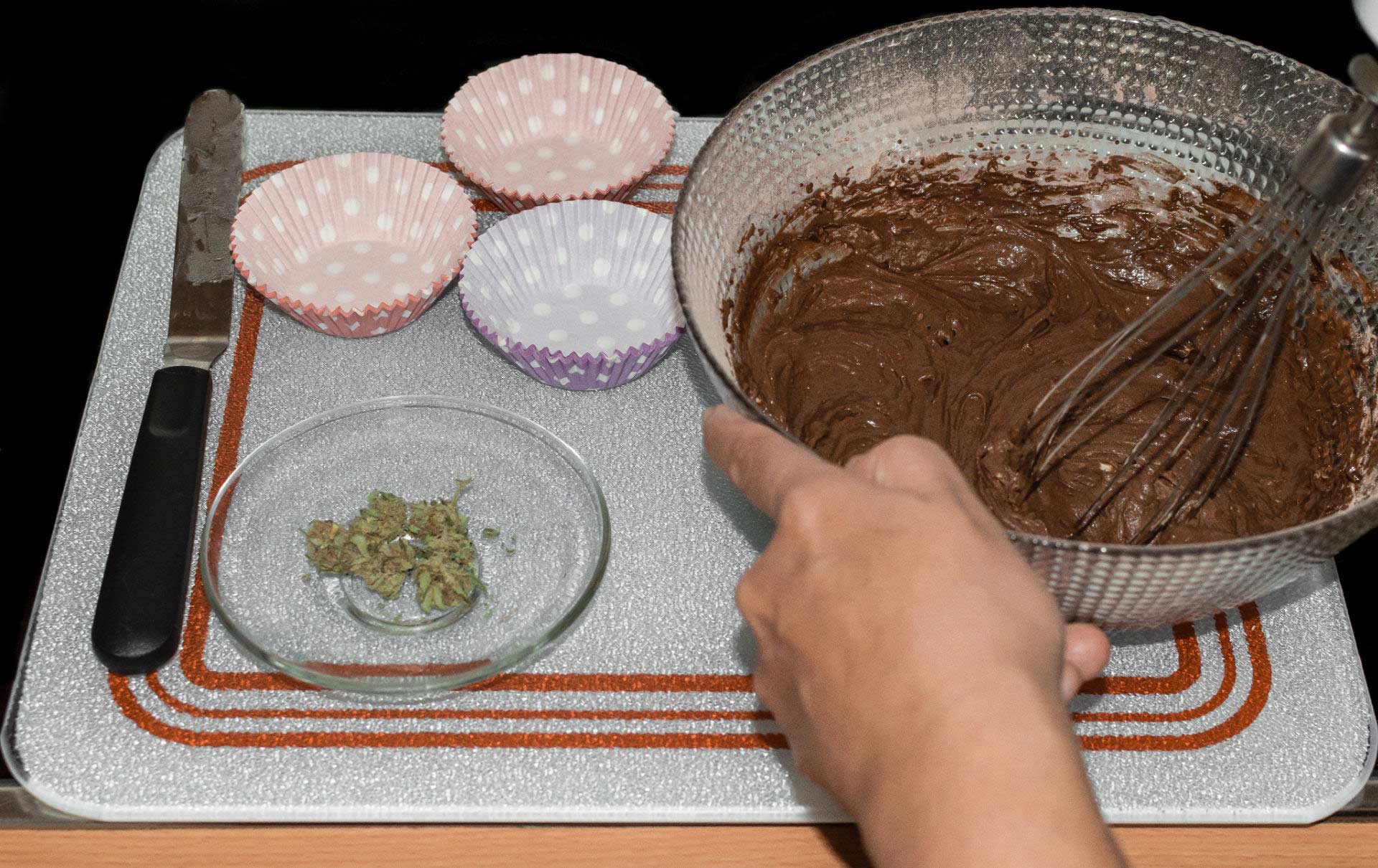
Another low-cost option is to buy marijuana shake, the small bits and pieces that break off of larger buds as they are handled. Trimmers and dispensaries collect shake and either use it to make prerolls, or package it by weight, selling it at a discount when compared to bud.
On the upside, shake can be an inexpensive ingredient source for making your own cannabis tinctures or edibles, or rolling your own joints. However, you will want to make sure that you know what you are buying. Shake may sometimes contain stems, leaves or even a few seeds.
Shake is often available in a specific strain. However, dispensaries may also mix all their shake together from various strains, resulting in the cannabis equivalent of kitchen sink cookies (containing everything but the kitchen sink)!
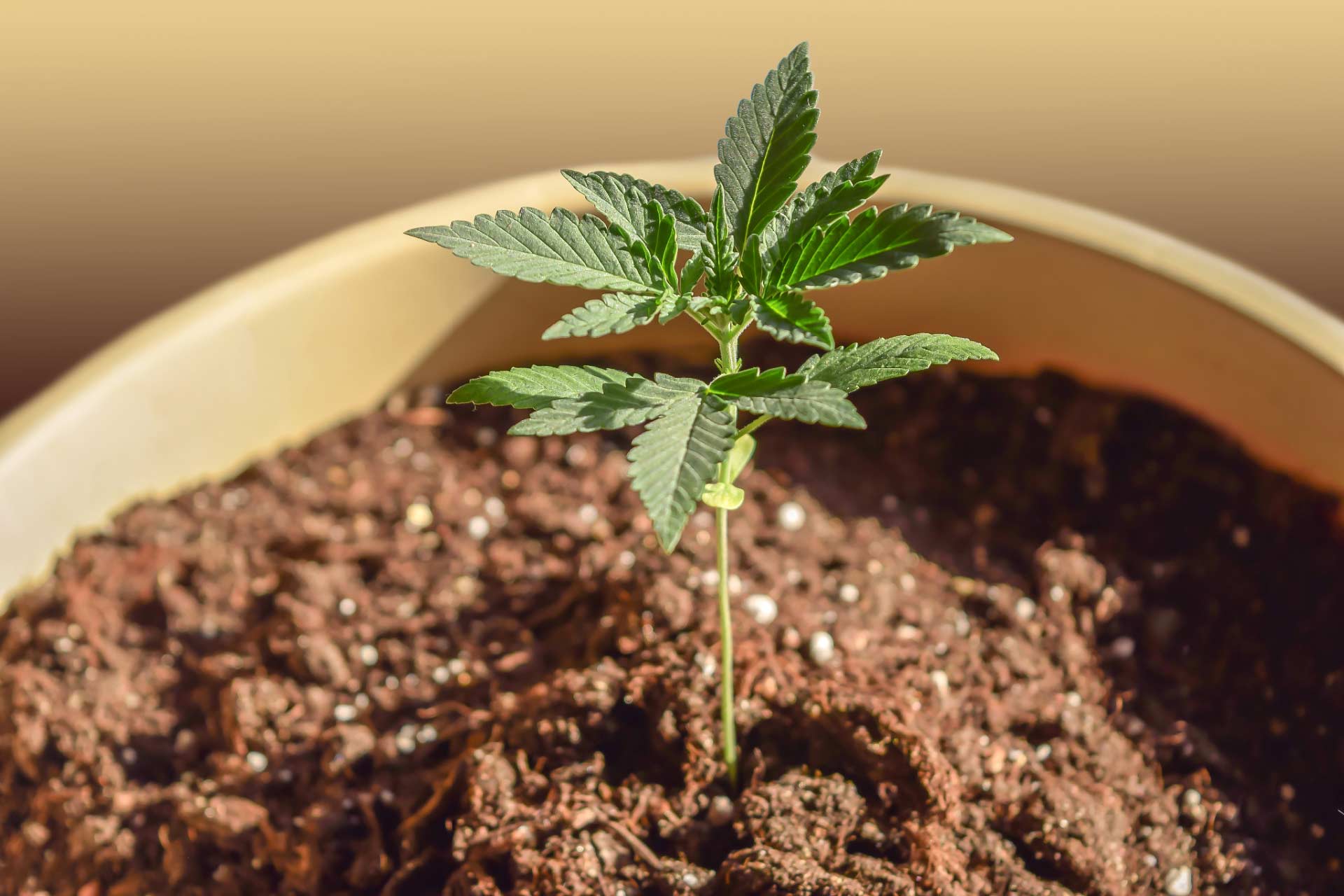
Is It Cheaper to Grow Your Own Cannabis?
Many people find growing their own cannabis to be a rewarding experience. But is it cheaper than buying cannabis at a dispensary?
Leafly took a detailed look at this question a few years ago and concluded that no, it is not cheaper to grow your own cannabis. Their analysis factored in equipment and supplies for an ideal grow set-up, with costs running into the thousands. However, a quick look at the comments on that article show that many people successfully grow their personal supply of flower with lower-cost supplies.
Before you stock up on seeds or clones and other supplies, be sure to check your state and local laws, as well as any HOA regulations that might restrict personal cannabis grows. You’ll find different laws and regulations depending on whether you’re a medical marijuana patient or an adult-use (recreational) consumer. The laws will also spell out how many plants you’re allowed to grow and where you can grow on your property. For example, Colorado requires all plants to be kept in an enclosed, locked area that cannot be openly viewed. That means you cannot grow your cannabis in front of your favorite sunlit picture window, since passersby would be able to see your plants.
Finding the Best Cannabis for Your Needs and Budget
If you’re feeling a bit lost, don’t worry! Our fully-licensed Leaf RNs can help you sort through your options, saving you money and time. Best of all, as a non-profit, we are able to offer our service for free. Call our hotline at 844-LEAF411 (844-532-3411), or chat us from our home page during hotline hours, Monday-Friday from 9:00 a.m. to 7:00 p.m.
The Leaf411 cannabis nurse hotline provides free, anonymous education and directional support to the general public about the safe use of legal cannabis. We partner with select business members who meet our rigorous standards to extend our education and outreach efforts.
Why Cannabis is Different Between Legal States
State laws determine what cannabis products are legally available where you live
Medically reviewed by Katherine Golden, RN
Written by Denise Rustning
As we enter 2021, medical marijuana is legal in 38 states plus Washington D.C., and adult-use (recreational) marijuana is legal in 15 states, with several other states, including New York, poised to legalize adult-use in 2021.
If you live somewhere with legal cannabis, you might assume that the products you find locally are the same as you’d find in other legal states, but in fact, that’s not the case at all. The cannabis edible or flower (bud) found in Florida’s medical marijuana market will be different from what’s available in Oklahoma’s medical marijuana market, even if it says that it’s the same strain/cultivar or comes from the same brand.
Why Does Cannabis Vary Across States?
There are two big reasons for why cannabis differs across states:
- Cannabis remains federally illegal. As a result, cannabis plants and THC products are prohibited from crossing state lines, even between two legal states located right next to one another, since federal law governs interstate commerce.
- In legal states, marijuana regulations vary widely with different rules for packaging, dose sizes and even the types of products that are legal. State regulations also determine how you can get your cannabis, either by curbside pick-up, drive-thru, or delivery.
An Example from Two States: Cannabis Regulations in Florida Compared to Oklahoma
Going back to our example of Florida versus Oklahoma, we can take a look at how Wana’s medical marijuana market gummies have different packaging and product design across the two states. Wana’s website features photos and details for all their products by state on their website, making the comparison easy.
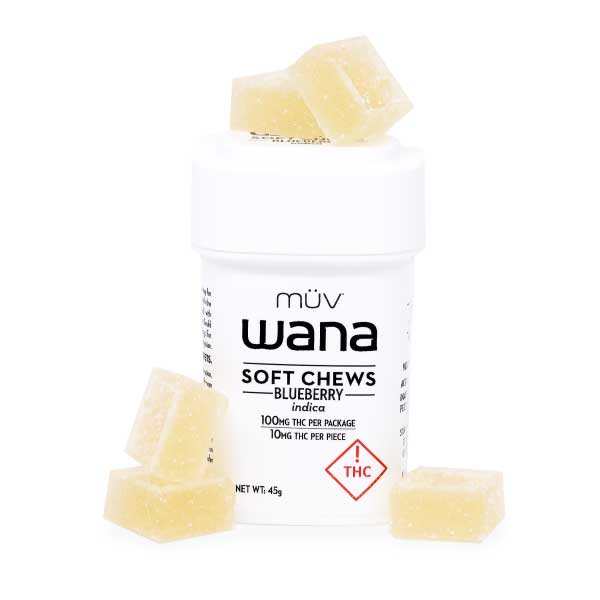
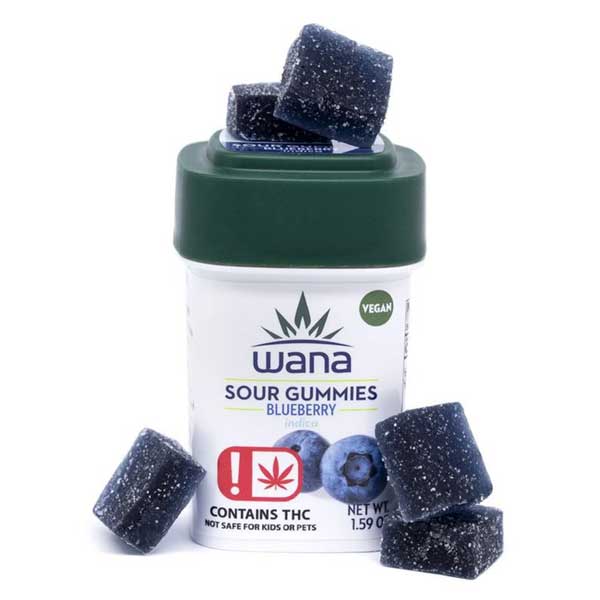
As you can see, the Wana products sold in Florida look quite different than those sold in Oklahoma! The Florida Department of Health, Office of Medical Marijuana Use, set strict rules for edibles, including requirements that they are not “of a primary or bright color” and cannot resemble any commercially available candy. Florida also requires white packaging that does not contain any images other than the required THC warning, while Oklahoma—the other image shown above—allows images, logos and other package coloring.
When it comes to potency, Florida has a limit of 10mg of THC per piece, while other states have higher THC limits for edibles. Looking at the two examples above, both contain 10mg THC per piece, though Wana also offers high-dose products in Oklahoma with up to 50 mg THC per piece. Other brands in Oklahoma offer gummies with up to 100 mg THC per piece, ten times the limit in Florida!
That’s one reason it’s always important to check the label for potency and dose size, especially when visiting other states. You may think you’re buying the same product you use at home, only to discover that the potency is different due to regulations in the state you’re visiting.
The same rule applies when recommending cannabis-infused products to a friend in a different state—the edibles in their state’s dispensaries may have different potencies than the ones that are available to you.
Our Leaf nurses understand how cannabis products vary between states and they can guide you on safe use with the variety of products you may have on hand. That’s why the nurses ask you to describe the product packages you have and ask where you are located when you call our free hotline (844-LEAF411), so that they can make suggestions for safe and effective use based on products available in your area. They will also guide you to the many vetted resources of support members we have listed by state.
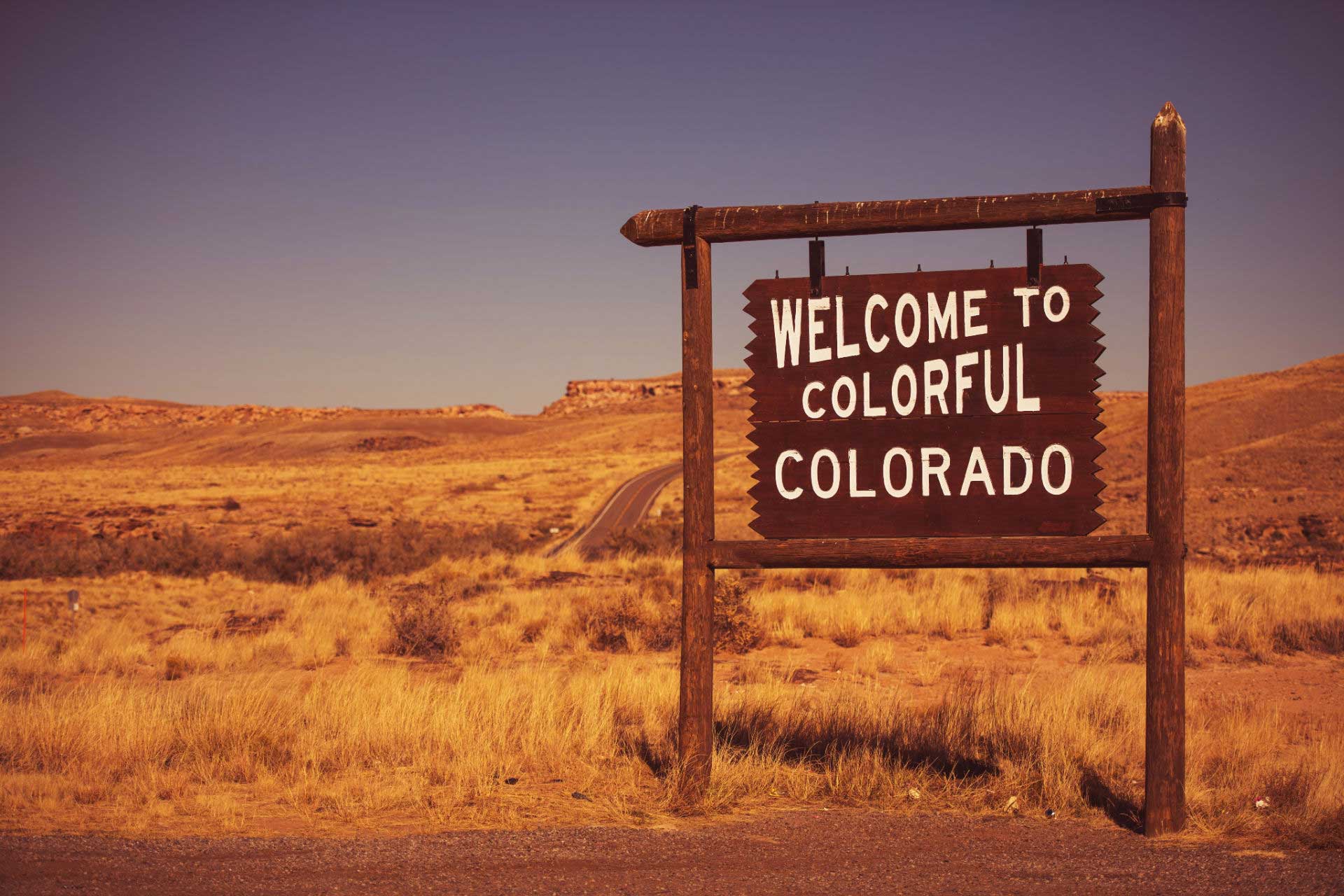
Another Big Difference: Cannabis Plants and THC Cannot Cross State Lines
Earlier, we mentioned how federal law regulates interstate commerce. Since cannabis remains illegal at the federal level, all legal medical and adult-use (recreational) products must be produced with marijuana grown and processed within that state’s borders.
How does that work for brands sold in multiple states? That’s a good question! We have several Leaf411 supporting members, including Wana, incredibles, Altus and Mary’s Medicinals, that offer cannabis-infused products in more than one state.
In most cases, brands like incredibles set up licensing and manufacturing agreements with in-state producers who have in-depth knowledge of the state’s regulatory environment and trusted relationships with state cultivators. The brand shares proprietary recipes, procedures, potency and testing requirements with the manufacturer to ensure the final product is the same quality and consistency that would be found in any other state.
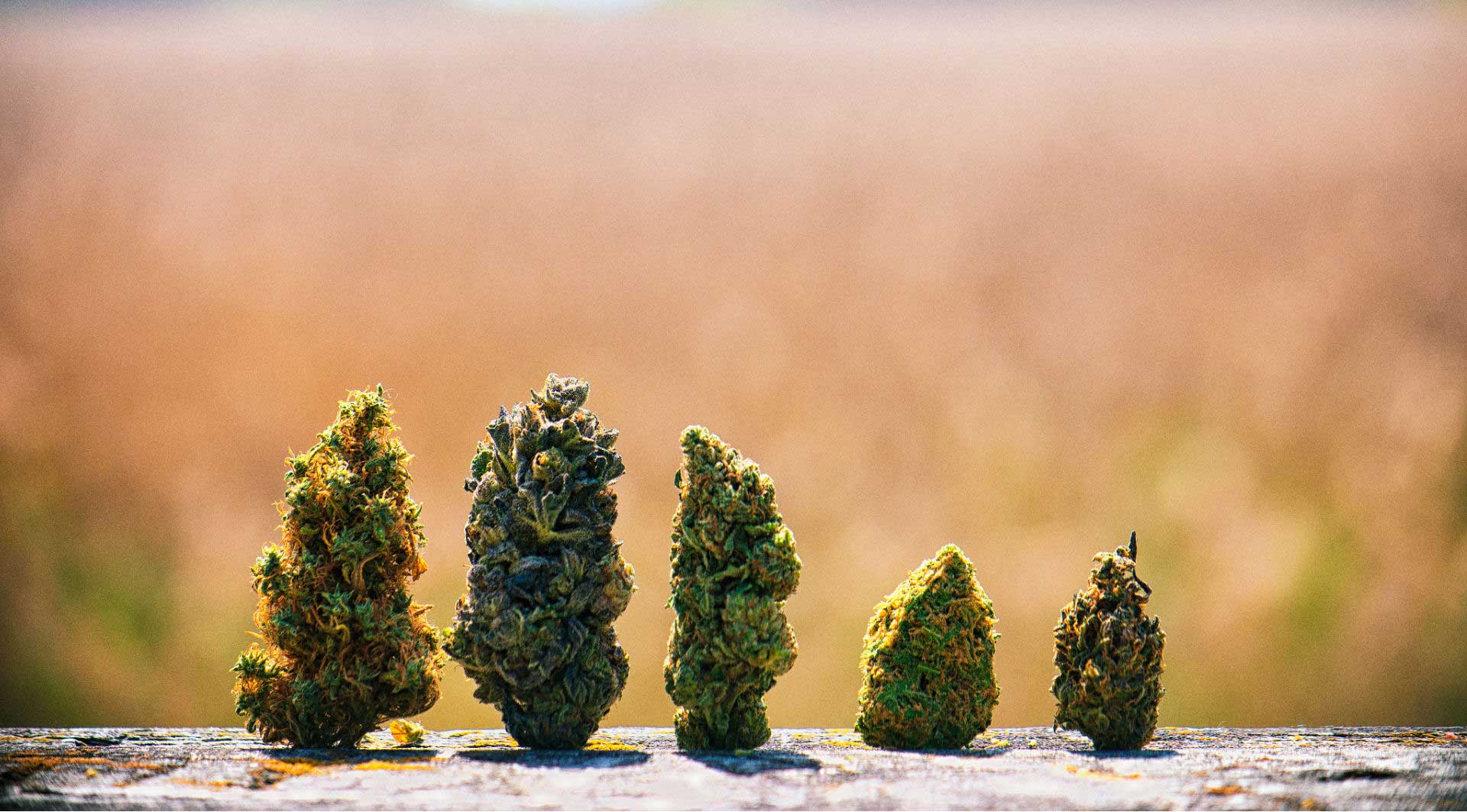
How Cannabis Flower Differs Between States
California’s Humboldt region is legendary for producing the best cannabis in the United States. In part that has to do with the decades of experience California farmers have in carefully cultivating unique, terpene-laden cultivars (more commonly referred to as “strains”), but it also is the result of growing the plant in an optimal environment that includes a mix of rich soil, ideal temperatures, precipitation and sunlight.
Needless to say, Bubba Kush flower grown outdoors in California’s Humboldt region will be different than Bubba Kush cultivated indoors in Massachusetts. One is not necessarily better than the other, though cannabis consumers will likely have opinions on which they prefer.
Even within states or local regions, a cannabis strain may vary in potency and flavor depending on specific cultivation techniques, time of year, and harvesting practices. In that way, cannabis is not so different from the produce you buy at your local organic market.
Also, as long as federal prohibition exists, the cannabis legally available in your state will generally reflect the genetics developed by growers in your area. While the Bubba Kush in your area may share similar genetics as the Bubba Kush in another part of the country, there will also be distinct differences in terpene profiles and effects that you’d easily notice if you sampled both products side-by-side.
Medical marijuana patients sometimes get frustrated in their search for a specific strain to address their health concerns, without realizing that other strains might provide the same or even better benefits. Our cannabis-trained Leaf nurses have specialized knowledge and experience helping patients find the best cannabis strain for their needs. Call our free hotline at 844-LEAF411 (844-532-3411) for help with your cannabis questions and concerns.
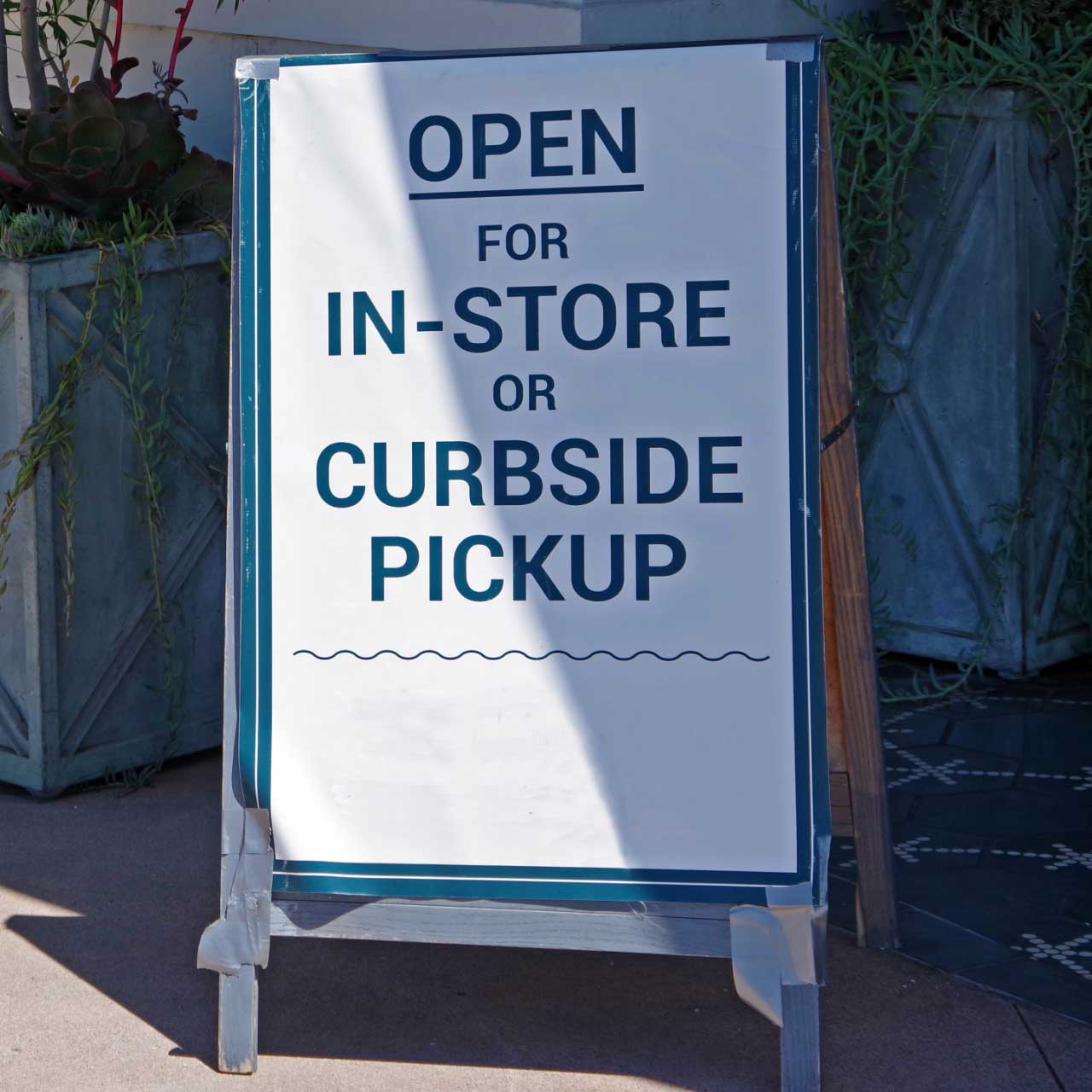
Cannabis Delivery, Curbside Pickup or In-Store: It All Depends on Where You Live
One of the big cannabis stories in 2020 was the rapid expansion of cannabis home delivery, offering a safe shopping alternative for consumers who didn’t want to risk visiting a dispensary. However, depending on where you live and whether you’re a medical marijuana patient or adult-use consumer, your options may remain limited to in-store pick-up. Even in states like Colorado, which technically allows delivery, the delivery licenses are being rolled out slowly, with the final decision left up to individual cities.
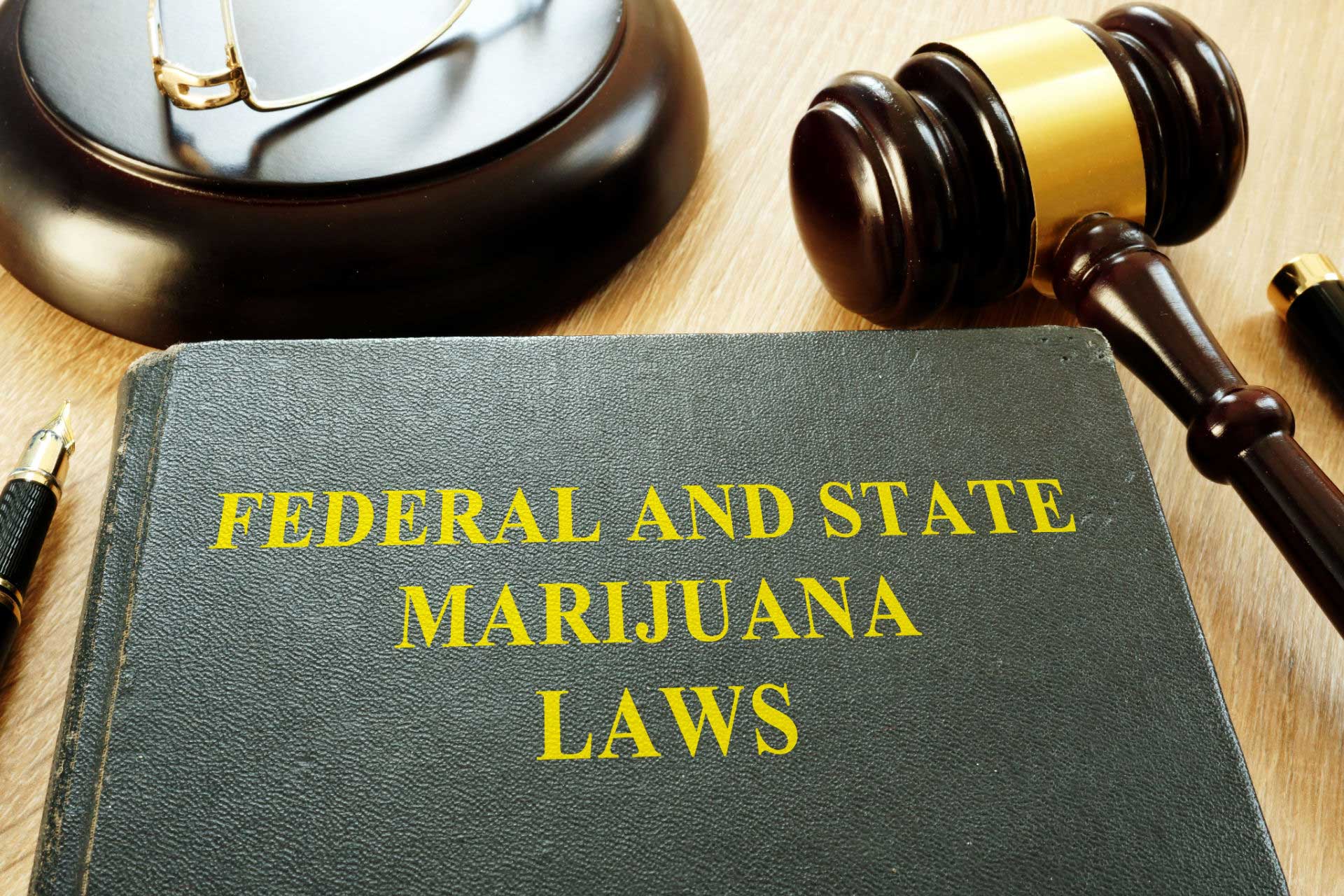
What Will Federal Cannabis Legalization Do?
Many people believe that if federal legalization occurs, cannabis will go the way of CBD hemp—lightly regulated and widely available in stores and online.
However, it’s more likely that legalization will lead to cannabis looking more like the legal alcohol market. States would continue to regulate adult-use and medical marijuana in much the same way as before, albeit without the risk of federal crackdowns.
On the bright side, legalization will drive progress on the cannabis banking front, allowing dispensaries to accept credit card payments, reducing the IRS 280E tax burden on plant-touching cannabis businesses, and opening up banking services like loans and lines of credit that are available in other sectors.
Also, legalization will effectively end the destructive War on Drugs that has incarcerated millions of Americans for low-level, non-violent drug possession convictions. Believe it or not, the number of drug arrests has continued to increase over the past 10 years, even as more states legalize. Marijuana possession makes up the majority of those arrests, with Black, Indigenous and people of color arrested, charged and convicted at higher rates than their white peers.
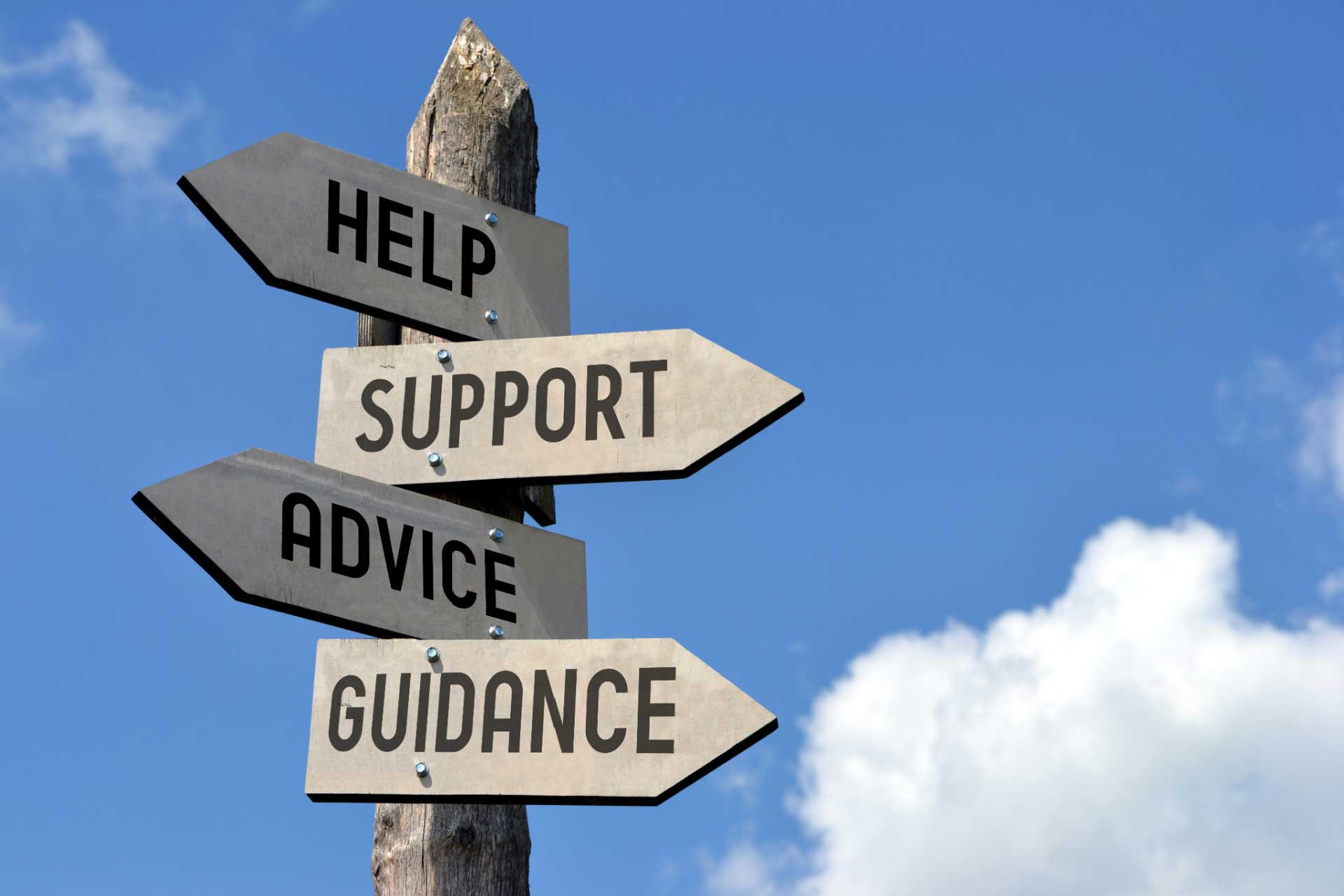
The Cannabis Landscape Is Changing—and We’re Here to Help You Navigate Your Options!
Regardless of where things stand with cannabis reform, our Leaf nurses can help you navigate the legal options available in your area, whether you’re seeking cannabis for pain relief, improved sleep, or simply for relaxation and stress relief. Even in states without legal cannabis, CBD hemp is an option that may help with common health concerns or wellness goals. Talk to one of our cannabis-trained, fully licensed RNs today at no cost at 844-LEAF411 (844-532-3411).
Using Cannabis to Improve Your Workout Mindset and Recovery
Medically reviewed by Katherine Golden, RN
Written by Denise Rustning
Cannabis as a useful workout tool? That was one of many insights shared on the December 2020 Emerge Winter Conference “Cannabis Health & Wellness: Edibles” panel that Leaf411 Co-Founder and CEO/ED Katherine Golden, RN, participated on. During the session, two of her fellow panelists Scott Jennings, CEO and Founder of Pantry Food Co., and John Houston, CEO of Kushla Life Sciences, shared how a small dose of cannabis provided pre-workout motivation and improved their mindset during exercise.
Their experiences may come as a surprise to people who mistakenly equate cannabis with laziness or lack of motivation. However, Jennings and Houston are far from alone in their experiences using cannabis as part of their workout regimen. Recent research suggests that pre-workout cannabis use may trigger a euphoric feeling similar to a runner’s high, motivating people to get moving.

Cannabis and CBD Hemp in the Professional Sports World
Full-time athletes contend with daunting physical and mental health issues resulting from their intensive training, high-stakes competitions and hectic travel schedules. They are frequently prescribed painkillers, NSAIDs and sleep medications that may be habit-forming and come with unwanted side effects that can hurt performance.
Athletes try to avoid products that dull their focus or competitive drive. They’re looking for every advantage possible to improve overall performance and wellness. After all, that’s why most high-level athletes rely on not only coaches but also nutritionists, sports psychologists, physical therapists and even meditation experts. An increasing number of these top athletes are adding CBD hemp or cannabis to their performance toolbox as well, when allowed by their sport’s regulating authority.
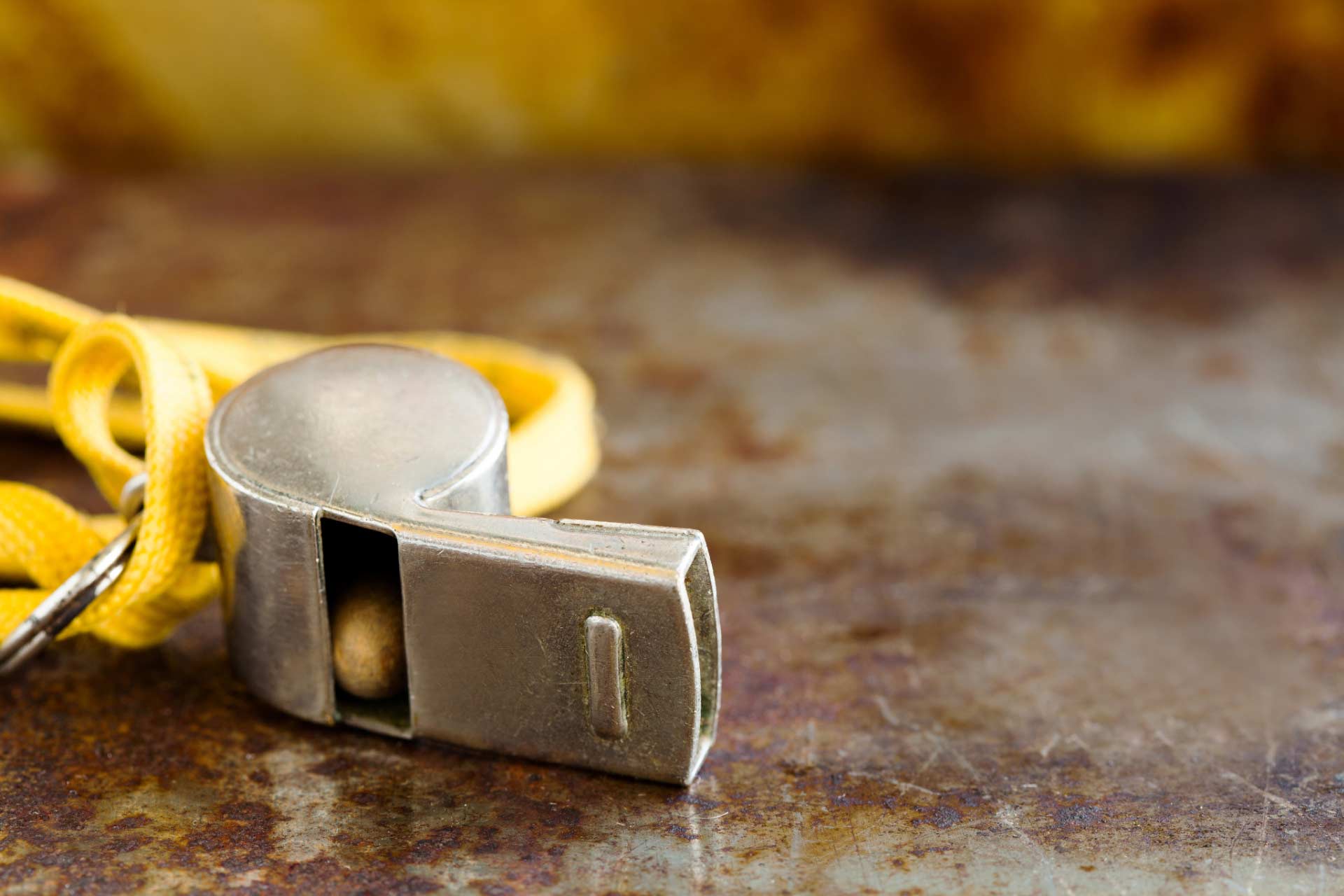
The International Olympic Committee’s World Anti-Doping Agency (WADA) recently removed CBD from its banned substances list, and the UFC mixed martial arts organization just announced that a positive THC test will no longer be considered a violation of their anti-doping policy. The NFL and MLB also enacted new drug policies that take a much more balanced approach to cannabis.
On the research side, studies like the University of Colorado’s Athlete PEACE (Pain, Exercise, and Cannabis Experience) study provide support for athletes’ use of cannabis to address pain and sleep.
Also, organizations like Athletes for Care are speaking out about the benefits of cannabis as a safe alternative to pharmaceuticals for elite athletes.
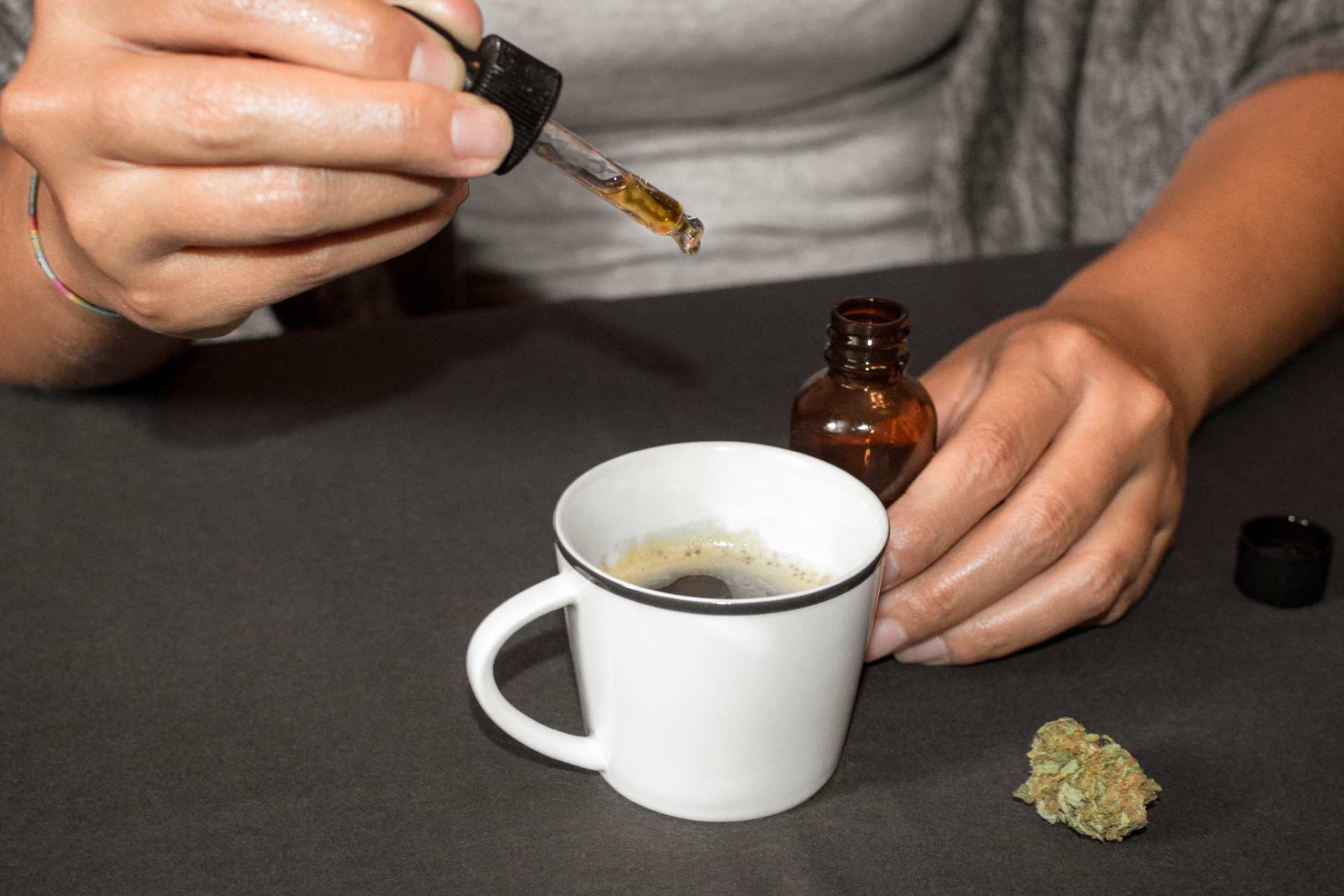
Using CBD Hemp or Cannabis for Workouts
Odds are that you’re not an elite athlete; however, the science around cannabis and athletic performance applies no matter where you’re at with your exercise goals.
Remember that cannabis plant compounds, including cannabinoids like THC and CBD, interact with the body’s endocannabinoid system to restore balance—and everyone’s endocannabinoid system is different.
Keeping this in mind, we do have a few universal suggestions that may help if you’re curious about adding cannabis to your workout routine:
- Check with your medical provider: We always suggest consulting with your primary provider before starting a new wellness regimen. However, we know that not all physicians are up to date on the latest cannabis and CBD hemp research. Our fully-licensed, cannabis-trained hotline RNs are available at 844-LEAF411 (844-532-3411) to help with your questions and provide links to research you can share with your primary physician.
- Be realistic about cannabis’s potential exercise benefits: Cannabis is a tool, not a magic bullet. It works best in conjunction with other proven performance strategies, including a commitment to a regular workout routine, healthy diet, adequate rest and recovery time.
- Identify your goals for using cannabis as part of your workout: Are you looking to add marijuana or CBD for a pre-workout lift or as a post-workout recovery tool? This makes all the difference when it comes to product selection. Fast-acting cannabis with a rapid onset and short duration may be better suited for pre-workout, while either CBD hemp or a longer-acting edible with a mix of CBD and THC may be optimal for recovery. Our Leaf nurses are experienced in helping consumers find the best marijuana or CBD for their needs. They can guide you in the right direction, saving you money and time.
- Start low and go slow: This is our mantra for all cannabis consumers, whether it’s someone completely new to the plant or an experienced user trying a new product type. By starting with a very small dose and increasing that dose over multiple days, you can find the best amount of THC or CBD for your needs.
Use cannabis safely: Safety goes hand-in-hand with starting low and going slow, so that you can discover precisely how cannabis impacts your workout. For example, some people experience transient dizziness when using cannabis, similar to the sensation when you stand up quickly and feel off balance. This is not something you’d want to discover while running at full speed on a treadmill!
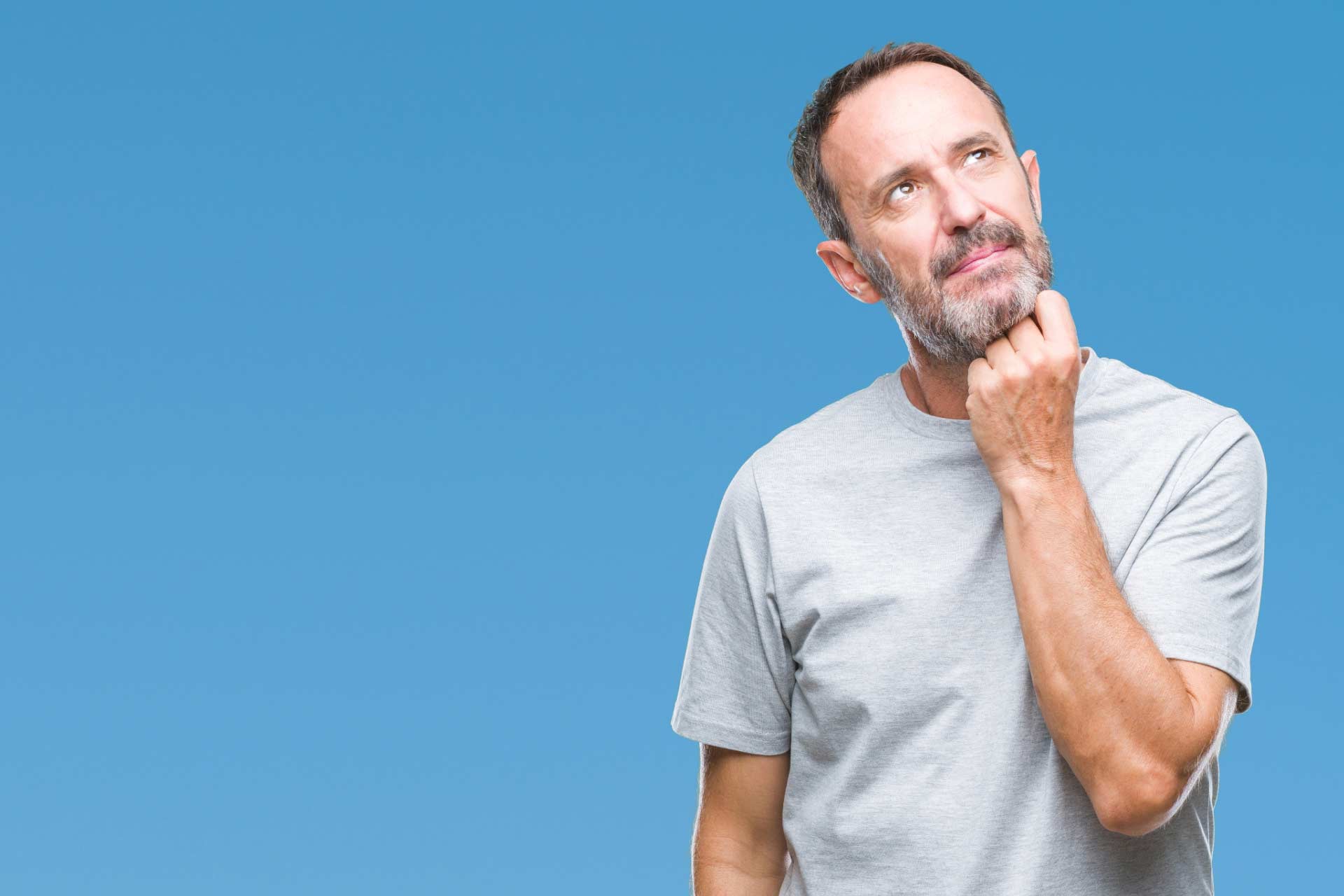
Our Leaf Nurses Can Help With Your Cannabis Wellness Questions
Today’s cannabis and hemp are becoming more sophisticated than ever, with products manufactured for specific needs. If you’ve recently browsed a dispensary’s online menu, you likely know how overwhelming it can be to sort through all the options!
Leaf411 cannabis-trained nurses are knowledgeable about different cannabis and CBD hemp products on the market today, as well as the research supporting plant-based medicine for wellness and relief. They provide balanced information, guidance and education that makes your dispensary visit less intimidating.
Curious to learn more? Our Leaf RNs are ready to help! Call our free, anonymous hotline at 844-LEAF411 (844-532-3411).
Leaf411 Year in Review and Predictions for 2021
Reviewed by Katherine Golden, RN
Written by Denise Rustning
As the year wraps up, we’re sharing highlights from Leaf411’s first full year in operation, along with our plans and predictions for 2021. While we talk a lot about the Leaf411 hotline, it’s only one of several programs our organization is undertaking to improve access to no-cost medically-sound information on legal cannabis and CBD hemp products!
The need for balanced, unbiased cannabis information is greater than ever, with additional states voting for medical and adult-use (recreational) legalization in the 2020 election. As a result, one in three Americans now lives in a state where adult-use cannabis is already legal or will be legal soon.
Answering Your Cannabis Questions on Our Free RN Hotline
Our Leaf411 hotline launched in October 2019, with the online chat option going live in January 2020. During the hotline’s first full year of operation, we received calls from almost all 50 states as well as several other countries! Who’s calling? It’s a mix of patients, new and experienced cannabis consumers, as well as clinical professionals seeking to expand their own knowledge to better serve their patients.
With more states legalizing cannabis, we anticipate that demand will rapidly grow for medically-sound, science-based guidance on cannabis and CBD hemp use.
Moving into 2021, our biggest challenge is securing increased funding to hire additional Leaf RNs for the hotline. If you’re a cannabis business interested in supporting consumers’ access to free, unbiased information and resources, we encourage you to visit our business membership page. Individuals can also support our mission by donating at this link.
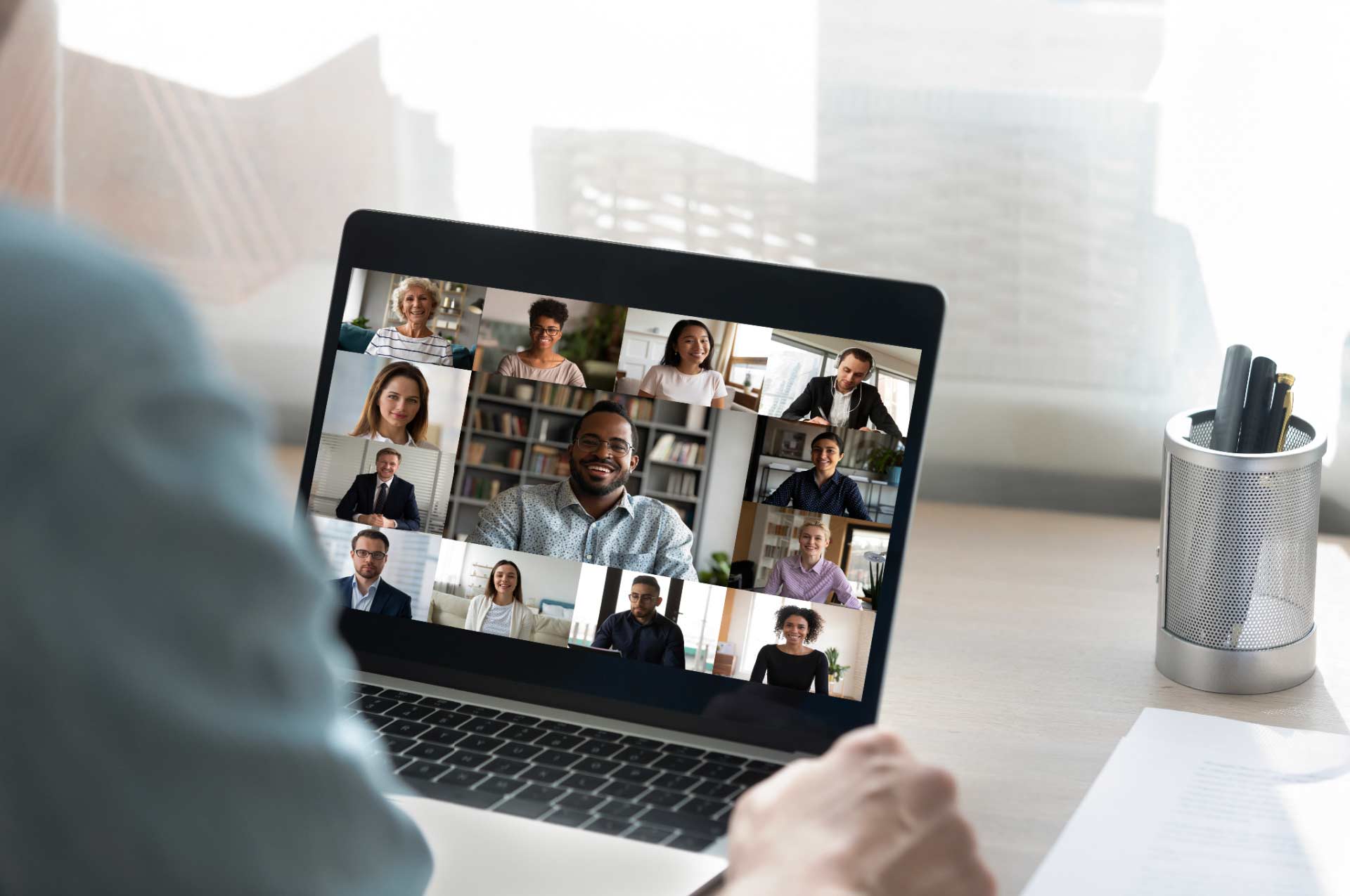
Cannabis Community Outreach Goes Virtual
From the beginning, we envisioned Leaf411 as a boots-on-the-ground organization, with our nurses meeting people where they are at both figuratively and literally, whether that’s at a senior living center, community event or dispensary.
Of course, the pandemic changed those plans. Like many other organizations, we pivoted to virtual learning events designed to engage and encourage audience questions and conversation. In August 2020, we held our inaugural Leaf Learning Series: “Get the 411 on Cannabis Therapeutics” event, followed by our “Supporting Veterans” event in November 2020, which featured Veteran-led cannabis advocacy groups as well as many of our supporting members.
In 2020, Leaf411 also participated in numerous national events either as panel participants or nonprofit exhibitors, including the Whole Plant Expo, Women in Plant Medicine Summit, MJBizCon Next, Emerge Winter Cannabis Conference, and I Heart 420 Living Room Lovefest held on April 20, 2020.
In the near-term, virtual events remain the default as we work within pandemic restrictions. Our next Leaf Learning Series event in Spring 2021 will be geared toward older adults and cannabis—keep an eye on our social media and newsletter for more details! Not signed up for the newsletter yet? You’ll find the signup form at the bottom of this page.
We are also expanding outreach through our podcast series co-hosted by Leaf411 Co-Founder and COO Jennifer Axcell and podcaster Steve McMorrow. Jennifer and Steve recently sat down with Veterans to talk about cannabis and healing. You can find these insightful, inspiring podcast episodes on Buzzsprout or Spotify.
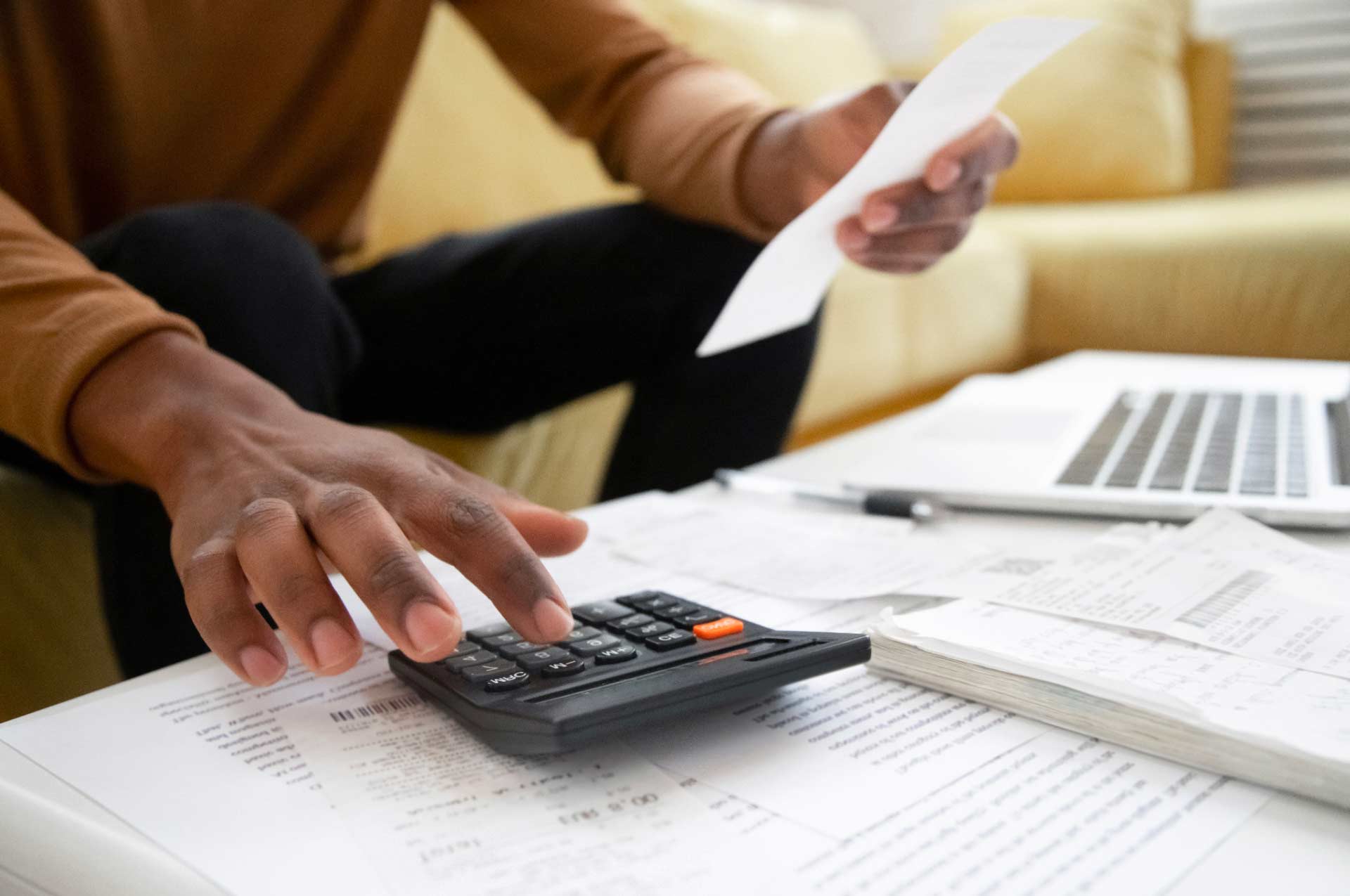
Cannabis Compassion: Making Cannabis Affordable for Patients in Need
In 2020, we launched our Affordability Program to connect low-income patients, families and Veterans with fully-vetted free or low-cost legal cannabis and CBD hemp products. These products are donated by cannabis and CBD hemp manufacturers, with marijuana products distributed via legal dispensaries, and CBD hemp products distributed by a designated pick-up location or mail. The Affordability Program also offers scholarships to qualifying patients who cannot afford medical marijuana evaluations. So far this year, the Affordability Program has served approximately 200 patients.
Americans for Safe Access signed on to the effort as a program partner in November 2020, recognizing that the high cost of cannabis is a barrier for many patients. If you’re a patient advocate or industry member who’d like to lend your support, we encourage you to visit our Affordability Program page to learn more.

Building the Leaf Nurse Network in 2021
From the very first day, one of our priorities at Leaf411 was to build clinical professionals’ capacity for providing accurate, balanced information to diverse patient communities. In 2020, we began laying the groundwork through our collaboration with Radicle Health, inviting Radicle Health founder Eloise Theisen, RN, to join our Executive Board as the Leaf Nurse Network Program Chair.
We also knew that in order to meaningfully serve diverse communities, we needed to engage diverse partners in Leaf Nurse Network program development. We are excited to collaborate with Cannabis in Colour, a professional development resource and intentional community for BIPOC in the cannabis and hemp sectors, as we continue building the Leaf Nurse Network.
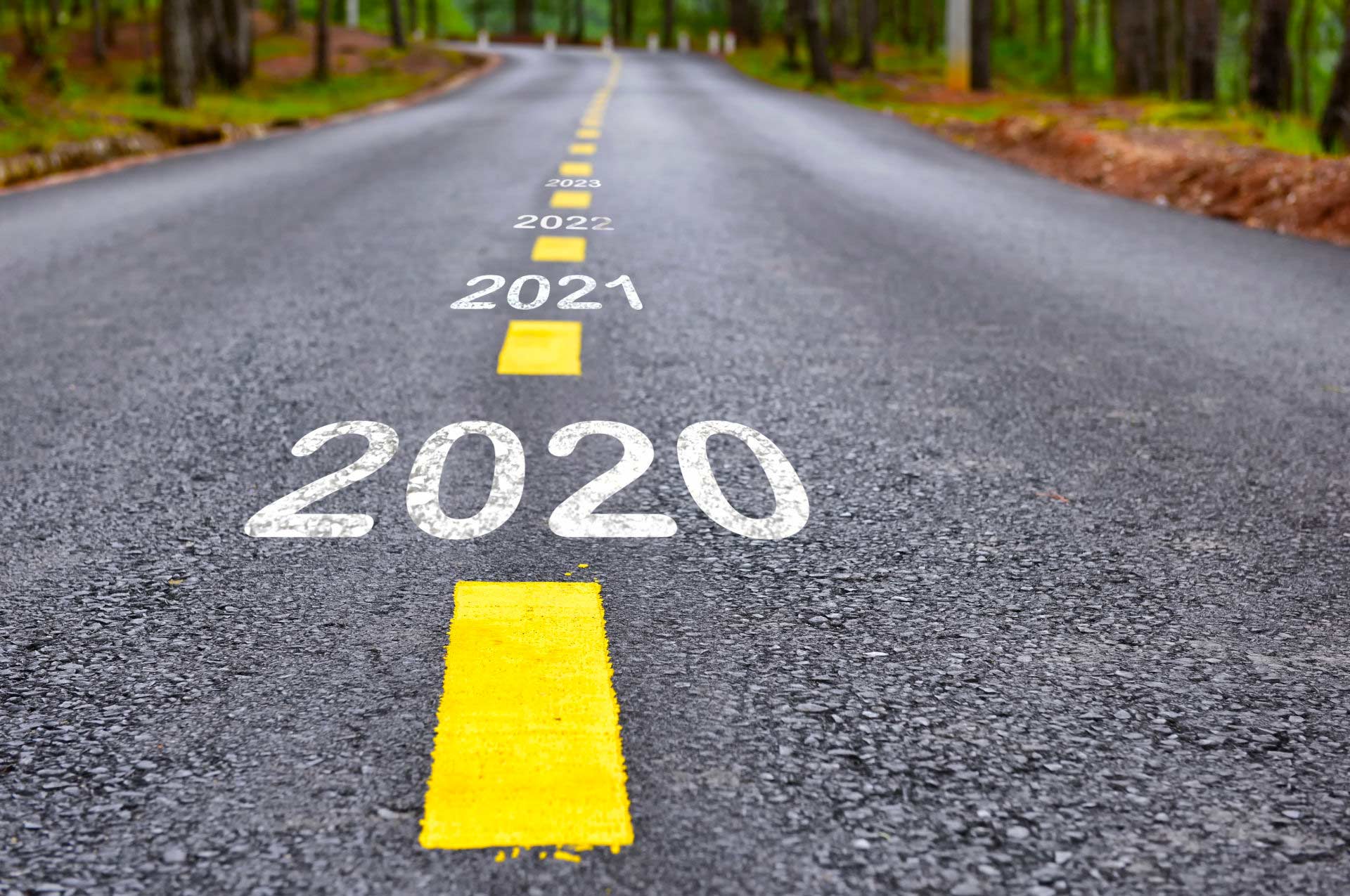
Growing Our Leaf411 Business Membership
Our industry supporters expanded, literally from coast to coast! We welcomed West Coast supporters CAASI CBD (Oregon), Care by Design (California) and A Therapeutic Alternative dispensary (California), along with East Coast supporter Takoma Wellness Center dispensary (Washington DC).
We also welcomed many great Colorado cannabis and CBD businesses–check out our Member Directory to find a full list of our fully-vetted supporting members!
We can’t thank our industry members enough for their support, which powers everything we do at Leaf411. We encourage you to keep these businesses in mind when shopping for legal marijuana or CBD hemp products.

Cannabis is Expanding in Higher Education
Beyond our walls, cannabis continues expanding into higher education (no pun intended!), further establishing the industry as a professional field within its own right.
Our own Co-Founder and CEO/ED, Katherine Golden, RN, will be presenting a noncredit workshop in March 2021 at the Community College of Denver. The workshop is part of a preview series for CCD’s Associates and Bachelors in Cannabis degree program that launches in Fall 2021. Other workshop presenters include Dr. Dave Gordon from 4 Pillars Health & Wellness, along with representatives from LivWell dispensary. Be sure to sign up for our newsletter to learn more details on these offerings, once available.
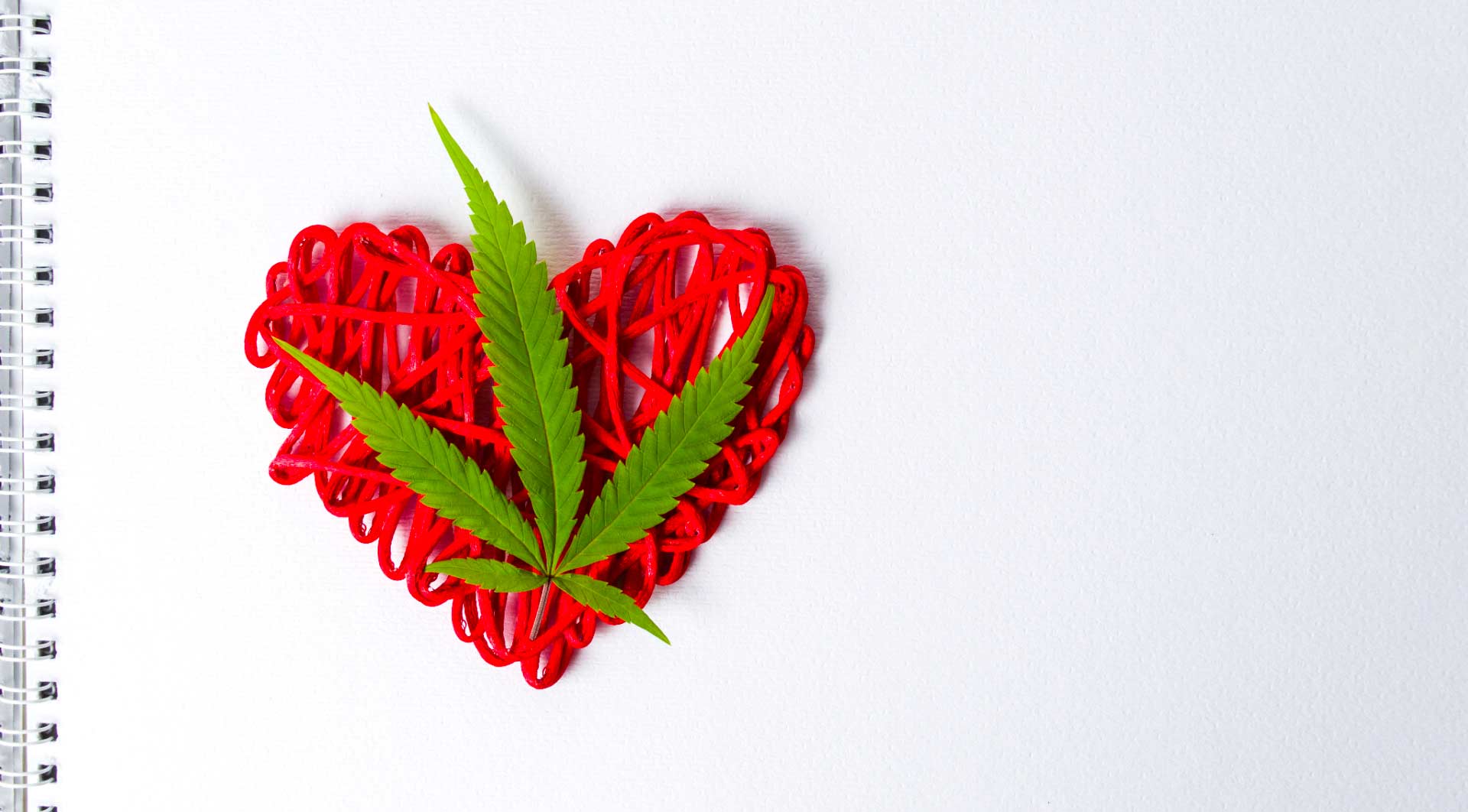
Help Our Nonprofit Cannabis Organization Grow in 2021!
We look forward to continued expansion in 2021, but we cannot do it without you! Please donate to our nonprofit Leaf411 organization if you’re able to, follow us on Facebook, Instagram, and Twitter, and help us spread the word about the services that Leaf411 provides for patients, consumers, clinicians and industry partners.
Leaf411 2020 Holiday Gift Guide
Medically reviewed by Katherine Golden, RN
Written by Denise Rustning
What a year 2020 has been! This holiday season, we are more appreciative than ever of the people and products that have gotten us through this year—and that includes CBD hemp and marijuana!
For Leaf411’s Second Annual Holiday Gift Guide, we’re focusing on a few of Leaf411’s newer supporting members who bring a combination of passion, innovation and high-quality standards to all that they do. All of these companies provide Certificates of Analysis (COAs) for their products, so you can trust that you’re getting what you pay for in terms of product strength and quality. (Of course, that’s true for all our members—so be sure to check out our Member Directory as well for trusted brands, retailers, clinicians and ancillary businesses!)
CBD Hemp: The Gift That Fits and Is Easy to Ship!
CBD hemp is federally legal and can be shipped across state lines, making it an ideal gift for out-of-state friends or relatives, as well as those who are new to plant medicine. As you may recall, CBD hemp contains less than 0.3% THC and is not intoxicating—it will not make someone feel “high.”
Many people have found that CBD hemp products are a great addition to their overall wellness and skincare regimens, and a growing number of athletes swear by CBD hemp for non-intoxicating post-workout recovery.
What CBD hemp products are on our gift lists at Leaf411 this year?
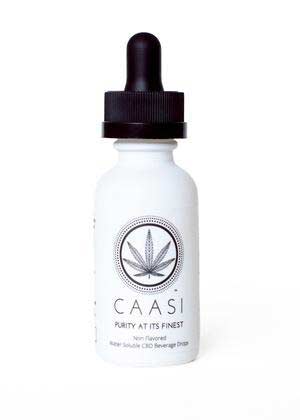
CAASI Water Soluble CBD Beverage Drops – CAASI drops are available in a trial size or full size dropper designed to infuse into your favorite recipe or drink, with no residual bitterness. The CBD in these convenient, flavorless beverage drops is sourced from high-quality hemp grown in Oregon, extracted and manufactured to create highly-bioavailable CBD isolate (with all THC and other plant compounds removed) that is blended with MCT oil and water. CAASI also recently rolled out a new Soothing Body Lotion packed with CBD and other essential oils designed to support relaxation. A CBD isolate is ideal for anyone needing to steer clear of any THC for reasons such as employment drug testing and the CAASI drops fit this category perfectly. Learn more at: https://www.caasi.co/
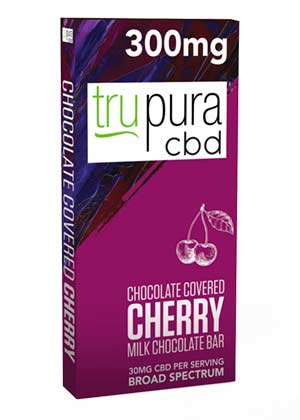
trupura CBD Chocolate Covered Cherry Milk Chocolate Bar – Take your holiday chocolate game to the next level with trupura’s handcrafted broad-spectrum CBD-infused chocolate bars. The trupura brand (yes – the name is all lower case!) was created by the founders of the award-winning incredibles cannabis edibles as they brought their decades of experience to the hemp space. trupura offers CBD hemp chocolate bars, gummies and tinctures, as well as topical relief cream, salve and bath salts. Leaf411 CEO/ED Katherine Golden, RN, tried this product herself and declared the quality of chocolate as truly enjoyable. Find their products online at: https://trupura.com/

TRUST Biologic CBD Facial Serum – Living in Colorado’s arid climate, we know the value of high-quality skin products like TRUST Biologic’s facial serum to moisturize and protect skin. TRUST Biologic also offers a Pain Gel and 50/50 Cream providing both CBD and CBG, a non-intoxicating minor cannabinoid that provides additional wellness benefits. Learn more about TRUST Biologic’s skincare line at: https://www.trustbiologic.com/
Also, remember to check out our other Leaf411 members offering CBD hemp products that make great gifts for friends, family and even family pets!
- CBD Garage – Online retailer carrying Colorado’s most trusted CBD hemp brands, as well as nutritional supplements and adaptogens
- Care by Design – CBD hemp drops and capsules designed for rest, relief, calm, balance and uplift
- Mary’s Nutritionals – CBD hemp skincare and transdermal products made for restoration and relief
- Mary’s Tails – CBD hemp tinctures, capsules, balms and transdermal gel created for our four-legged friends
- Press Pause Project – Tea, topicals and tinctures infused with CBD hemp, designed with the active woman in mind
- Wana Wellness – Organic, vegan, gluten-free gummies and fast-acting tinctures made with broad-spectrum CBD hemp
Sharing the Love with Your Colorado Friends
No doubt that holidays will be different this year, but that doesn’t mean that you can’t share the love of cannabis with your friends. This year, instead of passing the joint or vape, we suggest gifting pre-rolls to nearby friends (remember that it’s prohibited to ship cannabis products!). Our recommendation for celebration and looking forward to 2021?
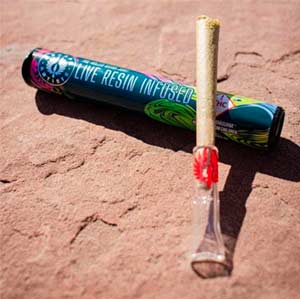
Escape Artists Live Resin Infused Joints – Each pre-rolled joint features 0.75g Colorado-grown flower infused with .25g live resin sourced from Harmony Extracts, along with a glass tip that provides a clean smoking experience. Best of all, a portion of Escape Artists’ preroll sales will go to Leaf411’s Affordability Program!
We love that Escape Artists is supporting the work we do at Leaf411! They are only one of many cannabis brands giving back this year.
- Altus – Cannabis-infused natural fruit gummies and tablets in a range of CBD:THC ratios, spanning three pillars: Ritual; Therapeutic; and Enhance
- Care by Design – Cannabis gummies, tinctures, soft gels, vape carts and topicals offered in a wide range of CBD:THC ratios to meet different needs
- Conscious Medz – Single strain olive-oil infused tinctures and infused chocolate bars delivering full-plant benefits
- incredibles – Infused candy bars, gummies, tarts and mints with a fun twist
- Mary’s Medicinals – Health-focused cannabis transdermal patches and topicals, along with tinctures, capsules and distillate vape products
- Medically Correct – Parent brand of Leaf411 supporting members Trupura CBD, incredibles, and Quiq, as well as other industry-leading brands
- Quiq – Cannabis-infused edibles and topicals that utilize rapid uptake technology, so that users feel faster-acting and more potent effects. Available in regular strength, extra strength and several ratios
- Ripple by Stillwater – Fast-acting dissolvable powder designed to be mixed into beverages or food, along with gummies and QuickSticks flavored powder
- Sweet Releaf – Cannabis-infused topicals, including body butter and dry oil designed for comfort and relief
- Wana Brands – Cannabis-infused vegan gummies in classic and fast-acting forms, along with fast-acting tinctures, tarts, extended-release capsules and vapes sold in nine states and counting
A Different Kind of Dispensary
Looking for a friendly dispensary to recommend to family and friends for holiday shopping? All of our dispensary supporting members are exceptional, focused on providing exceptional customer service and top-of-the-line products in friendly, safe environments. You really cannot go wrong by visiting any of our supporting members! However, we have a soft spot for one of our newer supporting members, Nature’s Gift Shop, and it’s not just because they have a hand-carved statue of Willie Nelson in their store!
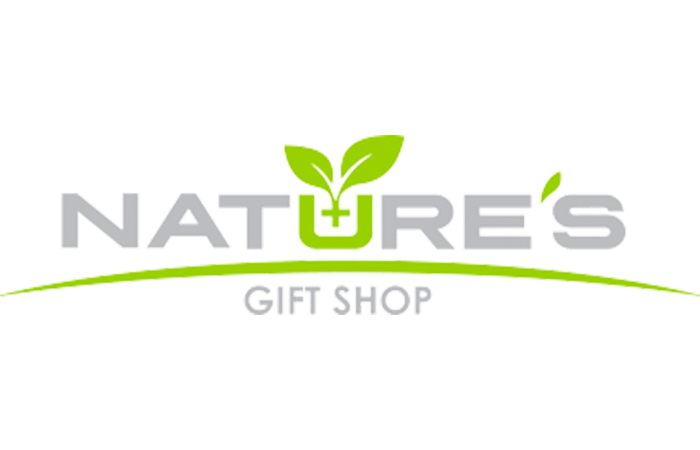
Nature’s Gift Shop (Pueblo West, Colorado) –In 2015, the Irey family opened Nature’s Gift Shop, located in Pueblo West, Colorado, bringing Dan Irey’s experience as a licensed grower and caregiver. The family-owned dispensary has deep appreciation for plant medicine, as well as a longstanding commitment to giving back to community. Nature’s Gift Shop is one of the Leaf411 Affordability Program’s earliest supporters, helping the program connect financially-disadvantaged cannabis patients with low-cost, legal marijuana. Learn more about Nature’s Gift Shop at: https://www.pueblosbestmarijuana.com/
- Lightshade (Colorado)
- Seed & Smith (Colorado)
- A Therapeutic Alternative (California)
- Takoma Wellness Center (Washington DC)

For the Friend with Questions
You’ve shared a thoughtful cannabis-themed gift with a friend or family member, and their immediate response is a question: “How do I use this?” or “Will it interfere with my medications?” Don’t worry—the free, anonymous Leaf411 cannabis nurse hotline has you covered!
Our Leaf nurses are happy to answer any CBD hemp or cannabis questions you, your friends or family members may have. Share our toll-free number, 844-LEAF411, with others and remind them that our hotline services are free, anonymous and trusted, with guidance based on research, specialized clinical training and experience.
For patients and consumers in need of a more in-depth medical consultation or a med card, we recommend the following providers:
- Vibrant Health Clinic – Vibrant Health Clinic is locally owned and operated in Southern Colorado since 2010, and has been setting the standard for our industry since the beginning. Dr. Margaret Gedde and Dr. Akiva Thomas will help you complete all necessary state forms and new online registration. They offer exams for adults and children under age 18. Notary service is also included with your exam. Learn more and set up an appointment at: https://www.vibranthealthclinic.com/
- Radicle Health – Our Leaf411 Executive Board Member Eloise Theisen is co-founder of Radicle Health, which conducts telehealth appointments for patients across the U.S., as well as cannabis education resources and certifications for health care professionals. Learn more at: https://www.radiclehealthcare.com/
- 4 Pillars Health & Wellness – Our Leaf411 Advisory Board Member Dr. Dave Gordon is also an incredible resource, providing med card evaluations for Coloradans and teleheath recommendations nationally, as well as integrative and functional medical consultations. You can learn more about his practice, 4 Pillars Health & Wellness, at: https://4pillarsdenver.com/
Supporting Leaf411 This Holiday Season
If you are looking for a great way to support Leaf411 in addition to giving someone you love a wonderful gift, here are two ways to make that happen!
- Purchase a Stash Logix case via this special link. Stash Logix storage cases ensure safe keeping of your cannabis products. Whether you’re shopping for a gift or looking for a child-proof and discreet way to store your cannabis, shop with an impact! When you shop through this link, your purchase will support Leaf411’s mission to provide community education that advocates for the safe and effective use of cannabis from licensed medical professionals
- Purchase a Leaf411 support shirt from Bonfire! Not only does this make a perfect stocking stuffer, every shirt purchased will provide Leaf411 with a percentage of the proceeds. These proceeds help Leaf411 continue advocating that affordability and accessibility to professional medical advice should never be barriers to using cannabis safely and effectively.
We wish you, your family and friends a safe and peaceful holiday season. Remember that our Leaf nurses are here to answer your cannabis and CBD hemp questions for free at 844-LEAF411 (844-532-3411). You can also sign up for our monthly newsletter below to stay up-to-date on future Leaf Learning events!
The Leaf411 cannabis nurse hotline provides free, anonymous education and directional support to the general public about the safe use of legal cannabis. We partner with select business members who meet our rigorous standards to extend our education and outreach efforts.
Veterans Need Clarity, Better Access to Medical Cannabis
Our Leaf411 Blog periodically shares content from The Cannigma, a trusted resource for research-backed medical cannabis education and information.
This article was originally published on The Cannigma and appears here with permission. https://cannigma.com/regulation/veterans-need-clarity-access-to-medical-cannabis/
by Elana Frankel
Feb 29, 2020
Scientific and anecdotal evidence suggests that THC and CBD are helpful in treating chronic pain and PTSD, two conditions that many soldiers bring back with them after tours of duty. Cannabis and PTSD research shows promise and many military veterans have said the plant medicine helps reduce anxiety and increase sound sleep. A review of patients’ symptoms published in 2014 in the Journal of Psychoactive Drugs reported a more than 75% reduction in CAPS (Clinician Administered Post-traumatic Scale) symptom scores following cannabis therapy.
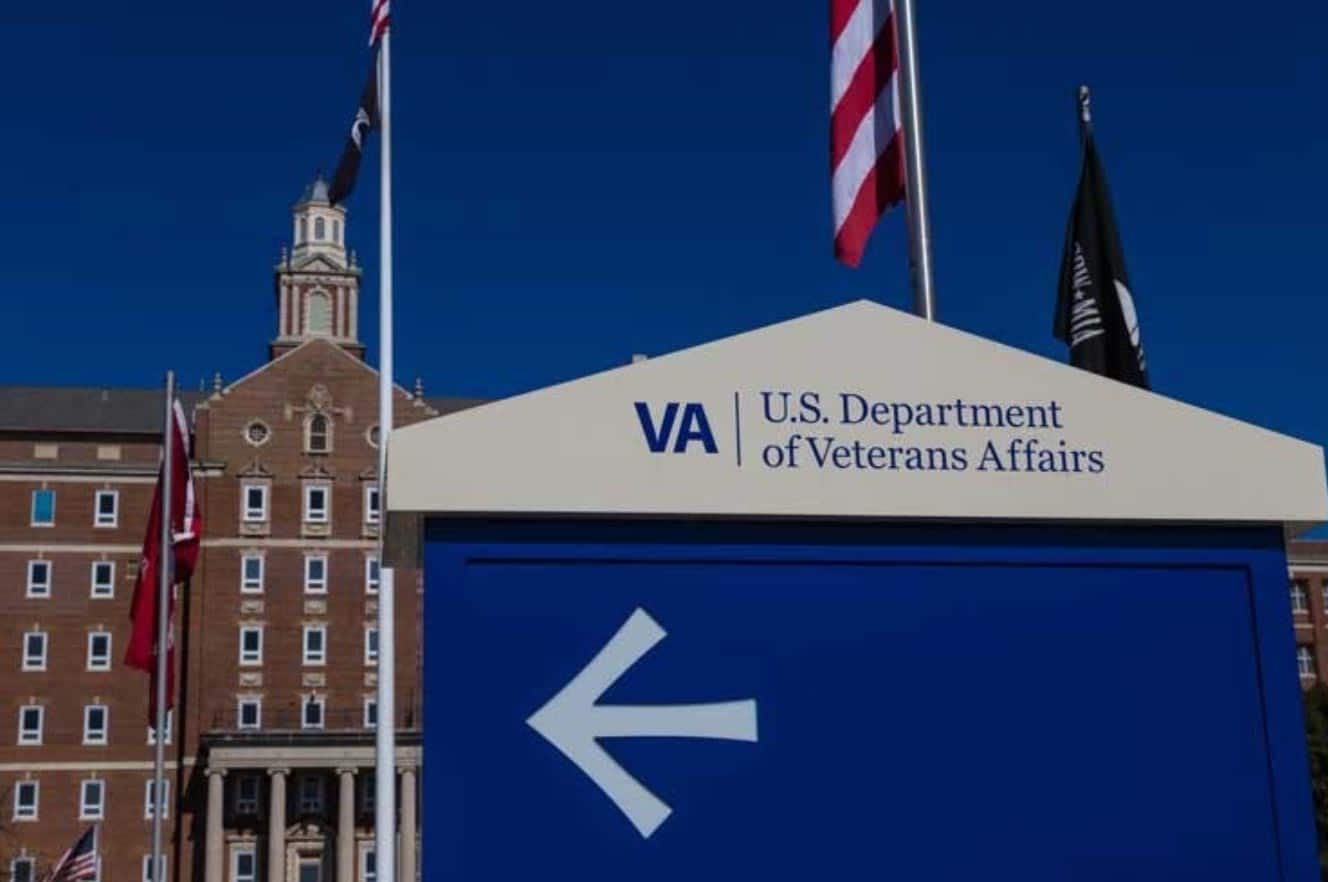
Legal But Not Allowed
However, doctors at the U.S. Department of Veteran Affairs (VA), the government agency responsible for medical care for former military personnel, cannot prescribe cannabis because it is not approved by the FDA and is illegal under federal law. Furthermore, U.S. veterans who use medical marijuana can lose benefits, including housing, disability, and retirement, even if they live in one of the 33 states where medical cannabis is legal, and despite the VA stating on its website that “veterans will not be denied VA benefits because of marijuana use.”
Adding to the confusion, members of Congress are sponsoring various bills that focus on veterans’ safe use of cannabis therapies but without any path toward decriminalizing or legalizing the plant on the federal level. “The VA needs to catch up with the times and recognize the growing role of the cannabis economy in our country,” says House Representative Katherine Clark, a cosponsor of one such bill, in a press release. “Our veterans shouldn’t be penalized or denied the benefits they have earned because they live and work in a state where marijuana is legal.”
PTSD is a qualifying condition for medical marijuana under state law in over half of US states.
This is a great step forward for the service members who suffer — and there are many. According to the VA, between 11-20% of Iraq War (Operation Iraqi Freedom) veterans have PTSD in a given year. Gulf War (Desert Storm) vets: 12%. It is estimated that 30% of Vietnam Veterans have had PTSD in their lifetime. The VA’s research on persistent chronic pain addresses the correlation to depression, anxiety, poor sleep patterns, decreased quality of life and substance use disorders.
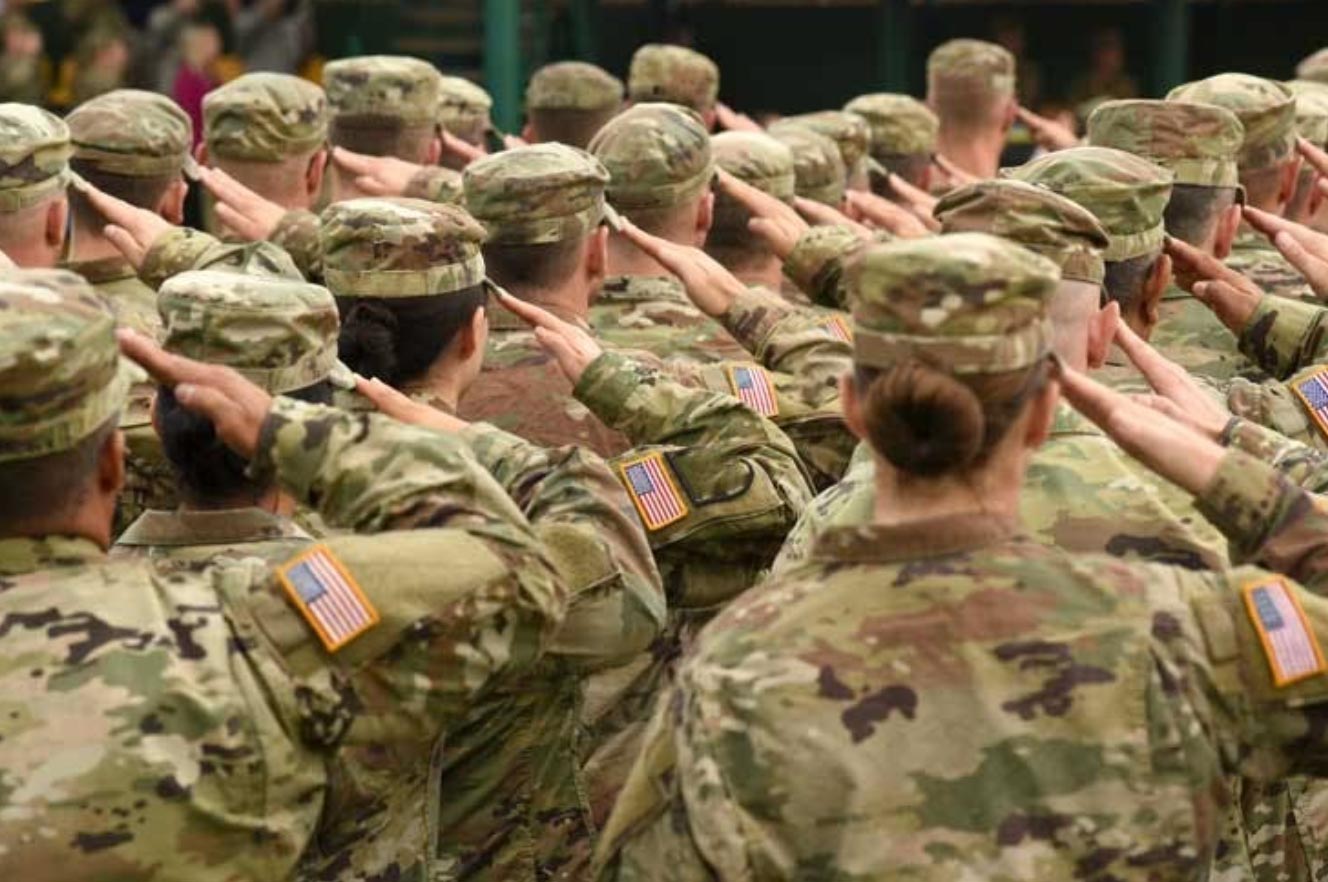
Challenging and Changing the Law
Iraq war veteran Jose Belen knows the situation all too well. As a decorated United States Army combat veteran and co-founder of Florida Mission Zero, a nonprofit organization dedicated to combating PTSD and suicide, Belen is an outspoken advocate for compassionate access to medical cannabis for veterans (and non-veterans). He knows first hand of the plant’s medicinal value and is one of a handful of plaintiffs in a lawsuit against the Department of Justice over the classification of cannabis as a Schedule 1 controlled substance, which by definition has no medicinal value. “I am still waiting for the DEA to respond to the court’s order for their definitive answer on the topic,” says Belen.
As service members find themselves caught between federal laws and state legislation, access to medical marijuana is becoming a priority for veterans advocacy groups like Belen’s. “It is a constant battle, day to day, from denial to acceptance and from combat trauma to feeling strong. I want to create change and build a cannabis ecosystem for vets. I have some amazing ideas to implement, from entrepreneurship to opportunity. First, we need to address chronic pain, depression and suicide that is rife in the veteran community,” he says.
Belen, eternally optimistic, sees progress especially on the federal level with bills that would expand medical cannabis access to eligible veterans, including the Veterans Equal Access Act and Veterans Cannabis Use for Safe Healing Act. For benefits, Senators Elizabeth Warren and Cory Gardner are working on proposals so that the VA “may not use the fact that [a veteran’s] income is derived, in whole or in part, from working in the marijuana industry as a factor in determining whether to guarantee, issue, or make a housing loan.”
****
Don’t forget about Leaf411’s upcoming free Leaf Learning Series: Supporting Veterans event on November 19, 2020, where you can hear directly from Veterans who share their stories and guidance for using cannabis for healing.
Dr. Ethan Russo: Cannabis Can Be Better Yet
Note: Our Leaf411 Blog periodically shares articles from The Cannigma, a trusted resource for research-backed medical cannabis education and information. We have incredible respect for Dr. Ethan Russo’s work, and hope you find the following Cannigma article to be useful! Also, you can hear from Dr. Russo and many other cannabis health professionals at the Whole Plant Expo. For more information and discounted Leaf411 tickets, visit https://wpe20.co/leaf411
This article was originally published on The Cannigma and appears here with permission.
The cannabis that most people have access to isn’t what it could be. A big part of that is a result of the way the plant has been bred to have high THC levels for the recreational market over the years.
“For the most part, around the world, we’re still dealing with cannabis that is mostly high THC and high myrcene, which is gonna be very sedating, producing what we call colloquially couch lock, where the person feels immobilized,” Dr. Ethan Russo explains on The Cannabis Enigma podcast. “So that might be fine for the person that’s trying to get to sleep, but it’s not at all good for the person that might need to work, or study, and function well in the process, and particularly for chronic pain conditions.”
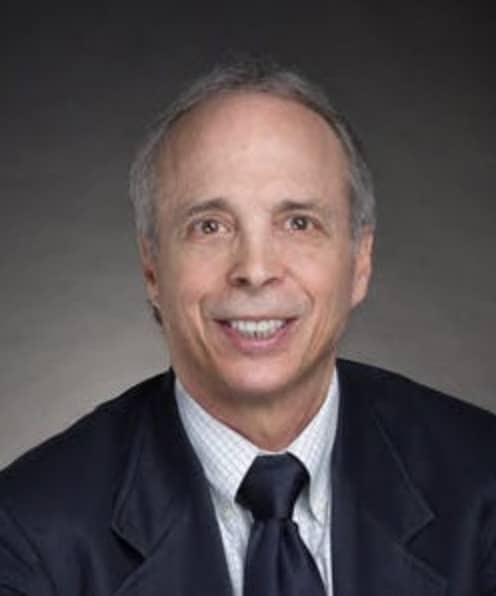
Dr. Ethan Russo
Science has made great advances in identifying what chemical properties of a given cannabis chemovar would be beneficial for various diseases and treatments, “but that’s a far cry from saying that [patients] would be able to access a chemical variety of cannabis that would be appropriate for their treatment,” Russo explains.
“We really haven’t seen the capabilities of cannabis properly harnessed at this point,” he adds.
Dr. Russo, one of the premier cannabis researchers who is responsible for the theory of clinical endocannabinoid deficiency and has done a great deal of work on proving and harnessing the entourage effect, also discussed different approaches to dosing, and why developing a tolerance can actually be a good thing.
“We really haven’t seen the capabilities of cannabis properly harnessed at this point.” (The Cannigma / Anthony Travagliante)
“The beauty of cannabis is, even though one gets accustomed to the psychoactive effects, the benefits on whatever you’re treating remain. In other words, if we have a chronic pain patient and they get benefit from using cannabis, as long as that condition is stable — it’s not getting worse — we don’t see dose escalation over time, and in fact, there are many people, who have taken cannabis therapeutically for decades that are using the same dose.”
Dr. Russo will be speaking at the Whole Plant Expo.
In the second part of the episode, Dustin McDonald of Americans for Safe Access interviews Sue Lewtin, a medical cannabis patient treating lyme disease, about her journey with the plant. Like so many others, Lewtin explains how her doctors got her started on the path of medical cannabis but that bulk of the work and learning had to be done on her own.
Edited and mixed by Michael Schaeffer Omer-Man. Produced by Michael Schaeffer Omer-Man and Matan Weil. Music by Desca. The Cannabis Enigma podcast is a co-production of The Cannigma and Americans for Safe Access.
Full transcript:
Michael Schaeffer Omer-Man: Dr. Ethan Russo, thank you so much for joining us.
Dr. Ethan Russo: Thank you.
Omer-Man: I want to dive right into it and start with a question about the theory of endocannabinoid deficiency, which you published first about a few years ago. Can you explain the theory and what led you to it and where our understanding of it stands today, four or five years later?
Dr. Russo: Well, it’s actually a lot longer, I first formulated the theory in a publication that was part of a book in 2001. But as a neurologist, I was clearly aware that many diseases that we saw in practice were related to neurotransmitter deficiencies. And although this is overly simplistic, one of the things that happens in dementia, particularly Alzheimer disease, is a deficiency of acetylcholine, the memory molecule neurotransmitter in the brain. Similarly, in Parkinson disease, we have a deficiency of dopamine function. And depression to some extent is related to possible deficiencies of serotonin, although it’s actually much more complicated. So having an awareness of the endocannabinoid system, I wondered why would there not be disorders in humans that related to what I call the clinical endocannabinoid deficiency. In thinking about it, how would that be manifest? Well, we know that the endocannabinoid system among its various functions, regulates and modulates mood, it regulates and modulates pain and many other functions. So I wondered about disorders that might be common in humans where there was a constellation of symptoms that would indicate the possibility of endocannabinoid deficiency, and the three that really came to mind were migraine, irritable bowel syndrome, and fibromyalgia.
Now, these disorders actually have a lot in common in that they’re all what are called diagnoses of exclusion, which is a way of saying that there’re no specific tests for them, you can’t scan for them, you can’t do blood tests for them, but they all involve a sort of hyper-sensitivity to pain. In the case of migraine it’s headaches, but also painful stimuli such as noise and bright light. For irritable bowel it’s an acute awareness of the gut and phenomena that normally don’t hurt are quite painful to people with that condition, and with fibromyalgia, you’ve got a generalized often increase in pain sensitivity on certain muscles or fibrous tissues may hurt to a great extent, but examining the tissue reveals no specific problem to explain it. Additionally in fibromyalgia, people are beset by anxiety and depression, and especially sleep disturbance. The other thing that these three conditions have in common is that conventional medicines often work quite poorly in treating them, whereas many of the people who have them gain a lot of benefit from treatment with cannabis. Given that the cannabis usually contains THC, it indicates that perhaps the THC is replacing endocannabinoids that are deficient in these disorders. So that’s the basic outline of the idea behind the theory, which has been corroborated subsequently, and we can talk about that.
Omer-Man: Yeah, I wanted to ask about what work has been done on that since I interviewed Dr. Adi Aran about a year ago, and he mentioned that in his studies on cannabis and CBD with autistic children, that he was looking at the possibility of whether an endocannabinoid deficiency or a mis-function was playing a role there.
Dr. Russo: Sure.
Omer-Man: Are there other areas where that kind of work is taking place?
Dr. Russo: Right. So I published an article on the subject in 2004 in more detail than the first publication in 2001. One of the things I propose there would be doing a study in which people had a lumbar puncture, spinal tap, to look at the cerebral spinal fluid that surrounds the spinal cord and the brain, and to measure endocannabinoid levels directly. But I’ve realized that doing such a study at least in my country, wouldn’t get through an Institutional Review Board or Ethics Committee. But subsequently in 2008 in Italy, Sarchielli et al, were able to do that exact study. And they showed a remarkable difference with low anandamide levels in people with migraine, as compared to control patients that didn’t have a diagnosis of migraine. So this was the first objective proof of the existence of a clinical endocannabinoid deficiency. But subsequently, there’ve been a lot of corroboratory studies including autism, as you mentioned, being related to this phenomenon. Also a very interesting study done by Matthew Hill et al, looking at people who were exposed to the 911 tragedy after September 11th, 2001.
And there were two groups, there were people that were involved in those events, who had manifestations of post-traumatic stress, and then people who were there, but didn’t end up with diagnosis of post-traumatic stress, and when they compared endocannabinoid function between the two, there were again remarkable statistically significant differences. And then, there’ve been genetic studies that show, in some instances, a difference in the cannabinoid receptors in people that might have one of these disorders, but there certainly is a lot of corroboration at this point, some years later, for this concept, and it’s been cited a couple of hundred times in the literature, sometimes mentioned as a theory, but sometimes with supporting data.
Omer-Man: You mentioned the receptors. I was gonna ask if is it mostly surrounding the levels of endocannabinoids, or also the availability of the receptors?
Dr. Russo: Well, it could be either. And to explain that, I would discuss what we call endocannabinoid tone, and that would be a function of three different things: The numbers of receptors and their activity level, we can have receptors that are active or inactive, the levels of the endocannabinoids themselves, particularly anandamide and 2-arachidonylglycerol, and third would be the activity of the enzymes that produce them and break them down. So endocannabinoid tone would be affected by changes in any of those three areas. The unfortunate thing is it’s not simple to test these things. As I mentioned, a lumbar puncture is an invasive procedure, and we can’t routinely do these just to figure out someone’s endocannabinoid levels. A blood test could be done, but there’re problems with that. Anandamide breaks down extremely rapidly in the body, and so if you’re taking a blood sample, it’s gotta be put on liquid nitrogen immediately and transported to a lab that can properly do the studies. The second problem is the levels of the endocannabinoids in the serum may or may not reflect the activity in the brain, so there’re times when they run in parallel, but other times when there are divergences between one and the other. So I mean the lovely thing in the future would be some kind of non-invasive scan of the brain that could answer these questions for us.
Omer-Man: And if we were to get there, assuming we will get there, and with the understanding that everybody’s endocannabinoid system functions slightly differently with these types of variations, and with another assumption that we understand how different diseases or conditions are correlated with those, how far are we from being able to point to specific cannabis chemovars, or that could be particularly beneficial for those conditions?
Dr. Russo: Well, the problem right now is with availability. What we’ve got is a situation where, for the most part, around the world, we’re still dealing with cannabis that is mostly high THC and high myrcene, which is gonna be very sedating, producing what we call colloquially couch lock, where the person feels immobilized. So that might be fine for the person that’s trying to get to sleep, but it’s not at all good for the person that might need to work, or study, and function well in the process, and particularly for chronic pain conditions. We would really benefit from having better profiles that would have less myrcene, more balance between THC and CBD, which is going to decrease the side effect profile and also have a beneficial profile of terpenoids that, again, may reduce associated adverse events and possibly help with other parameters, whether they be inflammation or a mood. So, in a given instance, I feel I have a good idea of what a person might benefit from, but that’s a far cry from saying that they would be able to access a team of our chemical variety of cannabis that would be appropriate for their treatment.
Omer-Man: You mentioned the different effects of different chemovars of different strains, and I wanna jump to the plant side of things for a minute. In much of the cannabis world, recreational, medical alike, they use these terms indica and sativa to sort of describe uplifting and more sedative of cannabis. And we know that those terms are generally not used correctly, and yet they’re everywhere, if they’re even real terms. How did that happen, and what should we be using… What terms should we be using to describe these different effects and types?
Dr. Russo: Sure. We’ll need a little history there to explain this. So, cannabis sativa, cultivated cannabis is a name that’s been in use for hundreds of years. Usually Linnaeus gets credit for it, but it was used for 200 or 300 years before him. So he was… His accession, what he was describing in his first books about this, was European hemp. So this is a tall plant, with narrow leaflets. A generation later, Lamarck in France, described what he thought was a different species, called cannabis indica. So this was a sample from India, was a bushier plant, but also with narrow leaflets. And that doesn’t resemble at all today what most people think of as indica, which is more likely gonna be a plant of Afghan genetics, which is only about a meter in height and has very broad leaflets, with a very pronounced sawtooth appearance to the leaflet edge.
So at one time, there could be chemical differences between these different types of cannabis, but they all interbreed and most people feel that cannabis is one very plastic species. What we should be dealing with is the chemical composition of the material and that can only come with an analysis that can’t be deciphered based on what the plant looks like, how tall it is, whether the leaflets are narrow, or broad or any of those criteria. We have to know what’s in it, what are the predominant cannabinoids and terpenoids, and then we’d have a good idea of what to expect in terms of results or effects when people use that chemovar. So I do prefer the term chemical variety or chemovar. Technically, there is no such thing as strains in cannabis. There are strains of bacteria and strains of viruses, but we use different terminology for plants and particularly for cannabis.
Omer-Man: And of the tools available to people today, in a practical sense, somebody walks into a dispensary and in some states you have access to certificates of analysis that give you the terpenes and different cannabinoid levels, but otherwise, you’re stuck with this paradigm that, as you said, it doesn’t really mean anything.
Dr. Russo: Correct. So yeah, in the olden days, what was needed was a personal bioassay. If somebody tried the material, if they liked it, they bought it. But this is 2020. My personal bias is that at point of sale, every consumer has the right and should have available a certificate of analysis that not only includes the cannabinoid and terpenoid profiles, but also safety parameters, so that they can know that the material wasn’t laden with pesticides, didn’t have heavy metals in it, was bacteriologically safe, and all those good things.
Omer-Man: Let’s talk about the entourage effect.
Dr. Russo: Sure.
Omer-Man: It’s one of the more astounding aspects of cannabis. It lends itself to this idea that cannabis is different than most other plants that medicines are derived from in that you’re not looking at one active ingredient, but numerous compounds working in concert. Now, I’ve heard some argue that there’s not actually any clinical evidence of the entourage effect, and that the effects we attribute to it could be a minor cannabinoid or terpene that just hasn’t yet been identified, and other researchers like Dedi Meiri are looking at isolating the specific combinations of compounds in the plant in order to achieve specific effects. Where did this idea come from and are we thinking about it accurately?
Dr. Russo: Okay. Well, this originated with Professor Mechoulam and Ben-Shabat in 1998. And they were initially discussing the entourage effect in relation to endocannabinoids, and it was the idea that the big players, anandamide and 2-arachidonylglycerol seemed to be synergized by the presence of related compounds, which on their own seemingly were inactive, or very poorly active. They gave an example of PEA, Palmitoylethanolamide markedly boosting anti-inflammatory effects if I remember correctly. The next year, in 1999, they mentioned that the same thing could apply to botanical synergy. The idea that plant extracts were more effective than single ingredients derived from plants, so very much the situation in cannabis. I certainly… That idea resonated with me and a lot of my subsequent work was an effort to try and show these relationships and how synergy, a boosting of effect would work. Now, people that say that there’s no clinical evidence of this are wrong, I’m afraid.
We’ve got a very good illustration in the Sativex development program. Back about 2005, a study was done looking at three arms in patients with chronic cancer pain. There was placebo, there was a high THC extract and there was a THC extract combined with a high CBD extract, what’s now known as Sativex. So what happened was after a couple of weeks of treatment, there wasn’t any real difference between the placebo and the high THC extract with respect to pain control in these cancer patients. However, the Sativex treatment group was statistically significantly improved over the other two, and the only difference was the presence of cannabidiol in Sativex as compared to the high THC extract. So that was clearly a demonstration of herbal synergy or the entourage effect at work. Additionally, it has been difficult to get good research on this. In the United States, people who are doing studies with cannabis are required to do any kind of randomized control trial, it must be with material from the National Institute on Drug Abuse, which is stored for a long time and has been demonstrated to be almost devoid of terpenoid content. So it’s hard to show entourage effects if you don’t have the right components in the material.
But currently underway at Johns Hopkins University in Baltimore, I’m doing this study with Ryan Vandrey in which we’re using naturally derived THC with specific naturally-derived terpenoids in patients, randomized control trial, to try and show synergy of these ingredients. One of the first studies is almost done and the preliminary results definitely show an effect that would be considered an entourage effect, and there’ll be a couple more and hopefully many more studies of a similar nature after that. So what we’re attempting to do is sort of a deconstruction, reconstruction, to show that having these other components in cannabis with THC, with CBD, really can make a difference in clinical effects.
Omer-Man: I believe in Taming THC, you mentioned the terpenes are of pharmacological interest at concentrations of 0.05% and higher.
Dr. Russo: Right.
Omer-Man: What… How many are we talking about in the average chemovar… What people are getting?
Dr. Russo: Sure. Yeah, great question. Well, in the United States, it’s really primarily myrcene in that people are finding certain places, like in California, there might be chemovars that are high in terpinolene, but it’s a little unusual to see a limonene predominant variety or a linalool predominant variety. In extracts, we see a lot of caryophyllene, which is a helpful compound, but we’re not seeing the variety that really cannabis is capable of producing. So part of this is a problem with breeding practices. The market is very much related to high THC chemovars. It is true that the recreational market really dwarfs the medical market, but we really haven’t seen the capabilities of cannabis properly harnessed at this point.
Omer-Man: If I understood what you said about your study, you’re adding terpenoids not naturally in the extract that you’re working with in order to create these combinations?
Dr. Russo: Yeah. Let me be frank…
Omer-Man: Is that something that can be…
Dr. Russo: We wouldn’t be able to show anything useful using the NIDA cannabis in this instance, because there’s no… There’s very little terpenoid content. Let me mention something else. For decades, it was in the interest of the US Federal Government to demonstrate falsely that the pharmacology of cannabis was all about THC. When synthetic THC is Marinol was FDA approved in 1985 for treatment of nausea associated with chemotherapy. They thought, again, incorrectly, that that would obviate the need for medicinal forms of cannabis, but that never happened. THC on its own is a lousy drug. It’s very poorly tolerated, it’s very disorienting. It tends to produce dysphoria rather than euphoria, and anyone who has tried both will tell you that it’s totally different to the effects that people get from cannabis. So there have also been a couple of recent studies that purported to negate the idea of the entourage effect, but they were quite limited in their scope. They were really just looking at a few terpenoids and whether they had activity at the cannabinoid receptors, but most terpenoids are going to work through other mechanisms entirely.
So, they really didn’t negate the entourage effect, they just demonstrated that some of them didn’t work on the cannabinoid receptors, but we knew that 15 years ago. In relation, or a question you asked earlier, there have been over 200 terpenoids that have been found in cannabis, none unique to cannabis at this point, but they’re perhaps 17 that are found routinely on analysis. But again, there are just a few that are seen to be predominant and that’s unfortunate.
Omer-Man: The National Institute of Drug Abuse recently put out a call for proposals on an idea of setting a standard dose of THC in cannabis products. Now, obviously, they have a very different point of departure, mainly looking at abuse and studying it, but could there be a potential benefit either for research or for treatment, in some sort of standard dose for cannabis, be it for THC or something else? And is that even possible considering everything we’ve already discussed?
Dr. Russo: Sure, but it’s a very difficult thing. There’s a tremendous difference in the pharmacokinetics of different routes of administration. What I mean by that is, when someone vaporizes or smokes cannabis, they have an almost immediate effect, a very sharp up upswing in the amount in the serum and in the brain on a rapid down swing. And this is totally different than what happens when it’s taken orally, where the amount in the blood may stay very low over time, but the person might be very high, so the serum levels don’t reflect what’s going on in the brain. So, there’s a difference between 10 milligrams of THC that’s inhaled, which is actually a very big dose if someone’s actually getting that much and 10 milligrams taken orally, which again is gonna affect some people who don’t have tolerance quite markedly, but the time contours are totally different. It also depends on endocannabinoid tone, patients’ prior experience, do they have tolerance to the material or not? So a nice concept, but very hard to put into practical effect. I’m not saying it shouldn’t be done, I’m just saying that it’s a real challenge to be able to come up with useful data.
Omer-Man: Without that data, we often see the recommendation to start low and go slow.
Dr. Russo: Right.
Omer-Man: If I’m not mistaken, I remember seeing in one of your papers, slightly different version which was, start low, go slow and stay low. Can you elaborate on why and how low?
Dr. Russo: Sure. I mean, if we’re gonna give general rules, 2.5 milligrams of THC is gonna be a threshold dose, some people will feel it, some will not. 5 milligrams is gonna be a moderate dose that most people will feel certainly and 10 milligrams would be too much for the person who has no prior experience or tolerance. In general, I like to see people take a total of somewhere between 15 and 30 milligrams of THC a day on the outside, the exception being patients with cancer that might require high doses for primary treatment of a tumor. But beyond that level, 30 milligrams a day, what we know from prior clinical studies is, you definitely increase the side effect profile, but you rarely increase the benefit on treating whatever the target symptom might be. In other words, there’s no guarantee with a higher dose, you’re gonna treat pain more effectively, but you certainly, you’re gonna be contributing to the side effects. And again, this is all subject to variation depending on other components that may or may not be in the cannabis. So if there’s a good amount of CBD present, it increases the latitude that you have in THC dosing. You can increase what’s called the therapeutic index towards being able to take more THC with less problems.
Omer-Man: And what about with high CBD, chemovars, and when you’re actually looking to CBD as the primary active ingredient, do do you need the same caution, let’s say?
Dr. Russo: No, not as much. CBD is not as potent on a milligram per milligram basis. So if we’re talking about pure CBD, we usually need doses that are much higher. For acute anxiety, it’s a few hundred milligrams, for treatment of psychosis it’s somewhere around 800 milligrams a day. For treatment of severe epilepsy syndrome such as Dravet and Lennox-Gastaut, it’s 20 milligrams per kilogram per day of a pure substance, but interestingly, when this has been analyzed, it’s been shown that CBD doses can be effective at about 20% of that level if there are other components available. And I’m fond of saying that there’s nothing that CBD does that won’t be enhanced by having at least a tiny amount of THC present as well. And additionally, it would apply to terpenoid content, can certainly add to the adjunctive value. For instance, if we’re treating anxiety, it’s very helpful, they have some of the terpenoid linalool up board, ’cause it’s a very prominent potent agent in treating anxiety without being overtly sedating and without being addictive at all.
Omer-Man: You mentioned in one of your previous answers, tolerance and whether somebody has it, specifically toward THC. How does that work? And when you develop a tolerance to what people refer to as the euphoric effects or high of THC, does it lose its other… Do you develop a tolerance to the most of the therapeutic effects as well?
Dr. Russo: Yeah, that’s a great question, I’m glad you asked. Yeah, one of the beauties of cannabis as a therapeutic agent is, yes, you can become accustomed of the psychoactive effects and work through them and with careful dose escalation over time, maybe two weeks or so, people can get quite accustomed to even higher doses of THC. What we want them to do is to use the lowest dose that treat symptom without… Symptoms, without producing intoxication. But the beauty of cannabis is, even though one gets accustomed to the psychoactive effects, benefits on whatever you’re treating remain. In other words, if we have a chronic pain patient and they get benefit from using cannabis, as long as that condition is stable, it’s not getting worse. We don’t see dose escalation over time, and in fact, there are many people, who have taken cannabis therapeutically for decades that are using the same dose. So it’s quite different to what we see with opioids where often there is dose escalation, increase in side effects, dependency, craving and all those problems.
Omer-Man: I wanted to ask you what you’re working on now? You… I’ve seen your new company in the news a bit, CReDO, is that how it is pronounced?
Dr. Russo: Yes, CReDO Science. So we’ve got a variety of things, we’re what’s called Intellectual Property Holding Company, which means that we have ideas that we develop, and these will lead to products and services. And I realize that’s nebulous, but we have two diagnostics that we’re developing for diseases that have no current tests, just clinical diagnosis. We have a supplement that we’re working on. We have a novel extraction technique. We’re also doing formulation work for different companies to help them with what we hope will be ideal preparations for a variety of conditions. So we’re covering a lot of territory.
Omer-Man: My last question, and I believe, you hint at it in a different interview, so I hope you can talk about it. Maybe beyond your own research, if that’s okay. Cannabinoid Hyperemesis Syndrome, it’s something that’s become… The medical establishment has become more aware of as cannabis use becomes more prevalent. Do we know if it’s related to one’s endocannabinoid system or deficiency, or is it in… Changes that take place in the body? What do we know about it today? And…
Dr. Russo: Sure.
Omer-Man: Is it something that can be treated?
Dr. Russo: Yeah, a very topical area. It is something that we’re working on and I will admit that. What we know about this condition is that it affects select individuals. What we know about the people that get it is, uniformly, they have taken high doses of high THC cannabis over a long period of time. And then they get a very unusual syndrome, there’s a period of anxiety and nausea that leads to severe nausea and vomiting with abdominal pain. Doesn’t respond well to conventional drugs, but there’s a very characteristic finding, which is, people get relief from hot showers or baths. And also may respond to application of a capsaicin ointment, that’s the active ingredient in chili peppers, that’s applied to the skin. So it’s still being researched. We have some insights into this that we hope to publish soon, but that’s about all I can say at this point.
Omer-Man: I know I said that was gonna be my last question, but I should never say it’s my last question. The other thing that I’ve seen written about your company and your research recently is the idea or the prospect of cannabis based disinfectants. Now, this is something that’s been around for decades. It was used in the mid-20th century as an antimicrobial, and we had Dr. Vincent Maida on the podcast a few months ago, who’s working on cannabinoid treatments for intractable wounds. I interviewed a dentist who’s using it for oral healthcare, and if I’m not mistaken, you are looking at it in the context of a disinfectant that could work on COVID. Why does that work or why should that work?
Dr. Russo: Well, there are many components of cannabis that have antibiotic effects on… This includes the cannabinoids and terpenoids, and it’s just a matter of finding, again, the best combinations or profiles that are gonna have the wider spectrum that could be applied in that fashion. So that is another thing that we’re working on.
Omer-Man: Okay, Dr. Russo, thank you so much for your time.
Dr. Russo: It was a pleasure, I appreciate the opportunity.
Celebrating Pride in 2020
Medically reviewed by Katherine Golden, RN
Written by Denise Rustning
Every year, LGBTQ+ Pride is celebrated during the month of June, highlighting the accomplishments and challenges of LGBTQ+ people throughout the world. Typically, millions of people gather during parades, concerts, workshops and other events to share their experiences and advocate for LGBTQ+ rights, including safe, equal access to health care services.
This year’s Pride will look different due to the COVID-19 pandemic and related restrictions. Many events have gone virtual, including the 2020 Denver PrideFest and the 50th Anniversary San Francisco Pride celebration.
Despite the lack of parades and crowded celebrations, it’s important to pause and reflect on the state of LBGTQ+ rights, as well as how they connect to the current movement against racism, bias and police violence, along with the movement for full federal legalization of cannabis. Keep reading—you might be surprised to learn how these issues are all connected!

The History of Pride
Why the month of June? In June 1969, the Stonewall uprising took place in New York City, when LGBTQ+ community members took a stand against harassment and violence they faced at the hands of police. On June 28, 1969, police raided the Stonewall Inn, a neighborhood gay bar. Unfortunately, this was an all-too-common occurrence at the time. However, at Stonewall Inn the patrons and surrounding Greenwich Village community fought back, sparking the beginning of the LGBTQ+ movement.
Notably, the Stonewall uprising was led by several people of color including Marsha P. Johnson and Zazu Nova along with another activist, Jackie Hormona. People of color who identify as LGBTQ+ faced—and continue to face—higher rates of police violence, harassment and discrimination due to the intersecting issues of bias, racism, homophobia and transphobia.
Racism is an issue that Jamie London Wollberg of Trannabis Chi, one of the organizations we support, has recently elevated on his own social media platforms including Facebook and Instagram. Jamie is a trans cannabis patient who deeply believes we all have roles to play in bringing about change.
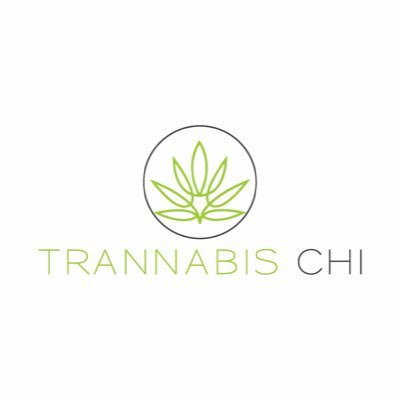
“While social media can be problematic and is definitely not the solution to racism, it’s absolutely helpful in the movement and for learning. It’s a great time right now to follow people in the Black community, for both support and listening,” Jamie said.
“I have already learned so much. Sharing stories is a powerful way to bring empathy and understanding. Social media is shaped by and helps shape the world, so Black voices deserve to be heard there. I’m heavily motivated for many reasons with the biggest being an empath and therefore, deeply care for people. I believe that we are all connected within the higher collective consciousness.The smallest being the fact that I myself, though I have white privilege, am also marginalized. I am a queer and disabled transgender man who is a spiritual jew. I am spelling it out here to show how you can be marginalized and still have white privilege. Black people are being murdered – racism must end and I have to do my part,” Jamie explained.

Legal Victories and Challenges for the LGBTQ+ Community in 2020
As we celebrate Pride remotely this year, changes are underway that have very real impacts on LGBTQ+ lives. On June 15, 2020, the United States Supreme Court ruled that the Civil Rights Act of 1964 (Title VII) which forbids discrimination based on sex includes LGBTQ+ employees. This clarifies an important workplace protection for LGBTQ+ individuals.
While advocates are celebrating this decision, concerns remain in other areas. In early August 2020, the Trump administration is rolling back non-discrimination protections for LGBTQ+ people in Section 1557 of the Affordable Care Act. While the administration claimed it was simply cleaning up a confusing rule, the rollback could have very real impacts when it comes to access to care. Once the change is made, a health care provider may deny care to someone based on their self-identified gender or sexual orientation, and that provider will not face a penalty for doing so. This is especially concerning in the middle of a pandemic and poses yet another barrier for an already vulnerable community.
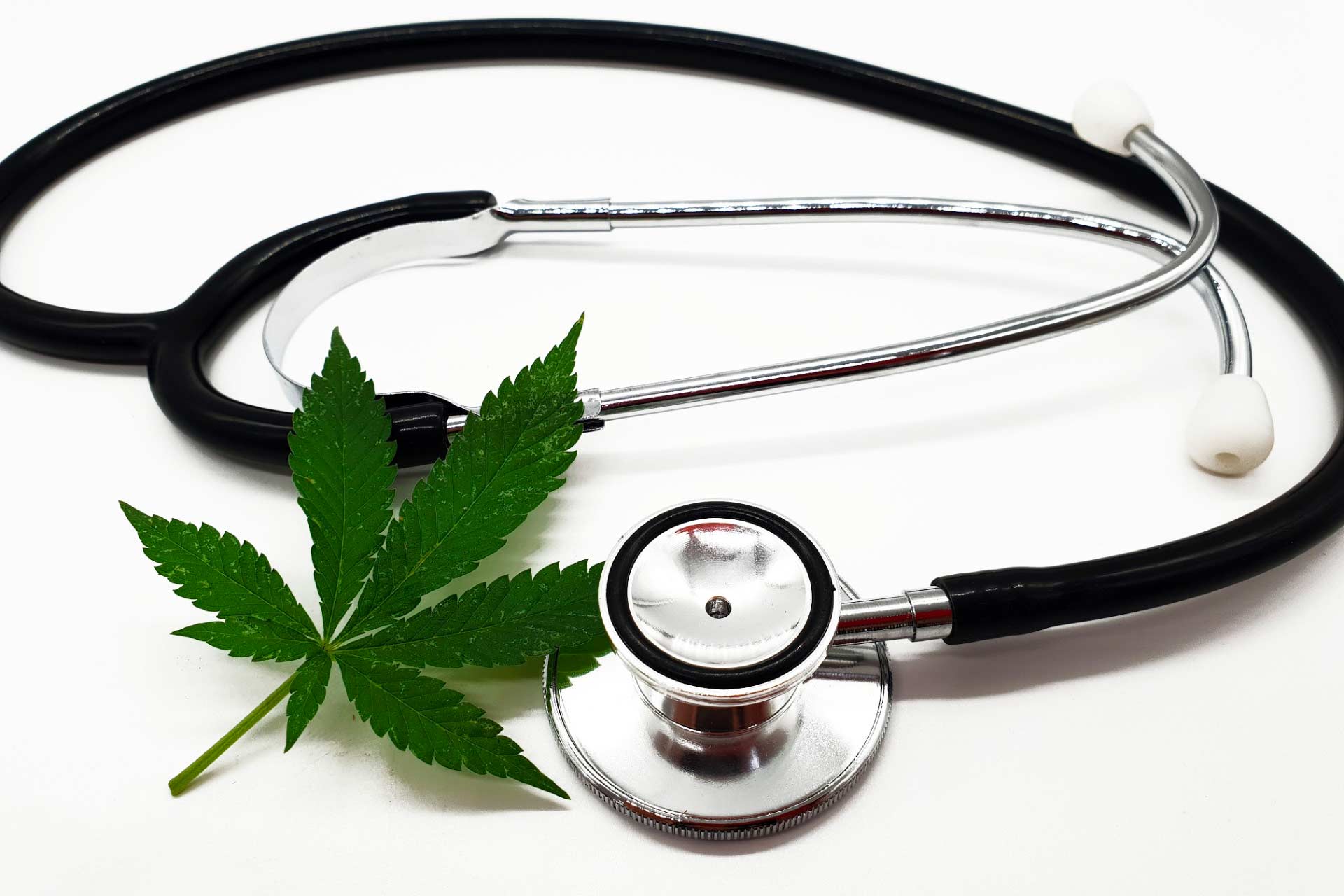
What Do LGBTQ+ Rights and Pride Have to Do with Cannabis?
Put simply, at Leaf411 we believe that access to high-quality health care is a universal right. That includes access to safe, legal cannabis.
The LGBTQ+ community has been active in fighting for medical marijuana legalization since the early 1990s. At the time, cannabis had proven to be an effective therapy for reducing the severe side effects of HIV treatment. Even though HIV treatments have been improved with less side effects, HIV or AIDS remains a qualifying condition for a medical card in Colorado.
Many LGBTQ+ people don’t have the option of safe, legal cannabis, however. In 17 states, many of them in the South, cannabis cannot be legally sold either medically or recreationally. Even in states with medical marijuana, the cost of medical card evaluations and registration can be steep, disproportionately impacting both people of color and LGBTQ+ communities. Also, in some states the list of qualifying health conditions is very limited, based more on politics and old stigmas than on the actual science backing cannabis’s therapeutic benefits.
One of the most promising areas of cannabis research is related to Post-Traumatic Stress Disorder (PTSD). While much of the research is focusing on military veterans and PTSD, the same benefits hold tremendous potential for LGBTQ+ folks who frequently experience PTSD as a result of hate crimes, homophobia and transphobia.
In a recent issue of The Emerald Magazine, Marval Rechsteiner shared how cannabis helped him both with panic attacks and PTSD he suffered related to his gender identity and growing up in a conservative area. Rechstiner also realized that cannabis could provide a safe alternative for managing inflammation, pain and healing from surgery.
Cannabis also made a difference for Jamie London Wollberg of Trannabis Chi. He explained, “Cannabis has completely saved my life. Cannabis helped me through my transition, as well as through my numerous health challenges. I have multi-genetic disease, autoimmune disease, chronic illness, mental health challenges, and a brain disorder. I literally felt like I was dying and I wanted to die, many times in my life.”
“Cannabis allows me to be me. It allows me to be the best version of myself I can in any moment. It makes it possible for me to function and/or at least survive the pain I’m experiencing. Cannabis IS healing and it’s my privilege to have lived and to live the path I’m on because it meant finding my way to assisting people on their healing journeys with Trannabis Chi,” Jamie concluded.
Trannabis Chi’s next Body, Mind, and Soul event theme is “A Virtual Slumber Party of Rest and Manifesting Your Dreams” with the event scheduled for July 25, 2020. You can find more information at this link.

Leaf411 Is Here for You
Though the annual Pride month is wrapping up, the fight for equity is a year-round endeavor.
Every day at Leaf411, we hear about the positive impact that access to safe, legal cannabis has on peoples’ lives, including those who identify as LGBTQ+.
At Leaf411, our commitment is to help you find the best cannabis options for your specific needs and goals, regardless of where you are on your cannabis journey. We are sensitive, as well, to the numerous ways that stigma, stereotypes and misconceptions around cannabis have disproportionately impacted LGBTQ+ people, as well as Black, Indigenous and people of color.
As we said earlier, high-quality health care is a universal right. When you call the free Leaf411 hotline at 844-LEAF411 (844-532-3411) or chat us via our homepage during hotline hours, you can expect to be treated with respect and sensitivity.
Not ready to call? Sign up for our newsletter below to stay up-to-date with Leaf411 events and initiatives.
Leaf411 Supporting Member Interview: Coree Schmitz, General Manager, Stillwater Ripple
Medically reviewed by Katherine Golden, RN
Written by Denise Rustning
At Leaf411, we love sharing our supporting members’ stories. We really do believe that our members are the best in the cannabis industry, and hope that you’ll consider supporting them when shopping.
The Stillwater Ripple brand was inspired by one of the co-founder’s grandmothers who was looking for alternatives to help with pain, but was scared by the available options at the time.
From that need, Ripple was born. Ripple is a water-soluble, dissolvable powder that can be added to beverages or foods, providing a consistent, easily-adjusted dose of cannabis compounds, including tetrahydrocannabinol (THC) as well as cannabidiol (CBD).


We recently chatted via Zoom with Coree Schmitz, General Manager, about what makes Ripple products different, new products they’re rolling out, and how they’re maintaining safe operations during COVID-19. Nikki Kujawski, Senior Brand Manager, also tagged along virtually.
But before we got into the specifics of Coree’s work at Ripple, we couldn’t resist asking about one particular past job on her resume—cheesemonger!
From Startups to Cheesemonger to Cannabis
We’re always impressed by past experiences that people bring to their roles in cannabis, and Coree is no exception.
“I had joined the startup community, and unfortunately the company I worked at went under. I was just like everybody else. You wallow in self-pity for about 24 hours, and then you realize that time is one of the better gifts you can ever have,” Coree said about the opportunity the layoff provided.

“I literally showed up at the cheese shop closest to my house in Denver and said ‘I want to learn how to be a cheesemonger. Will you let me come in here and do this?’”
“I worked at the cheese shop for four to five days a week for about six months while I was job searching. Most damn fun I’ve ever had working. I mean cannabis is really fun. But slinging cheese is a great career path if you can make it work,” she said.
“I still buy from that cheese shop every week. Right now, everybody’s worried about their local small businesses and making sure that those small businesses are still supported. And so I decided to start doing a ‘Cheeses of Quarantine’ social media push. I’ve spent way more time in quarantine talking about cheese than almost anything else,” Coree said, laughing.

Navigating the Rapidly Changing Cannabis Industry
It was Coree’s experience in the startup community, though, that has translated to success in the cannabis industry.
“Being able to keep your head in times of chaos and prioritize what the business needs in order to succeed is really beneficial. We all know that cannabis is very typical of a startup industry. But because it is cannabis, there are quickly moving changes in legislation and expansions. My background prepared me to be able to pivot very quickly, communicate quickly to the team on what we need to be successful, and prioritize those things to make sure we’re keeping up with the market and growing.”
Maintaining a Steady Hand During the COVID-19 Pandemic
The typical chaos of working in an evolving industry like cannabis is magnified by the current uncertainties brought about by COVID-19. We asked Coree how the pandemic-related restrictions were impacting operations at Ripple.
“Literally every industry has been shaken down to their core operations, asking how we are going to stay successful while also keeping everybody safe. The safety of your employees and your consumers are forever number one and always paramount. As an essential business, we’re very fortunate that we were given the opportunity to follow the guidelines issued by the CDC, the WHO and the governor, and still allow people to come to work,” Coree said.
She went on to describe precautions that Stillwater Ripple has put in place, including requiring employees who are able to work remotely to do so, along with six foot social distancing, masks and other operational changes to keep employees safe.
“What I am most proud of from the company founders is that we voluntarily opted to offer catastrophe pay to our hourly team. It can be a challenging decision whether or not to come in and make your hourly rate or stay home when you’re ill. We really wanted to make sure that our team members, regardless of their position, were empowered to stay home if they felt like they had symptoms or even if they were worried they had been exposed even at second and third levels. Or if their kiddos were at home and there wasn’t a childcare option. We made sure that people were financially sound enough that they could stay home. That’s been one of our biggest modifications of our regular process,” Coree said.
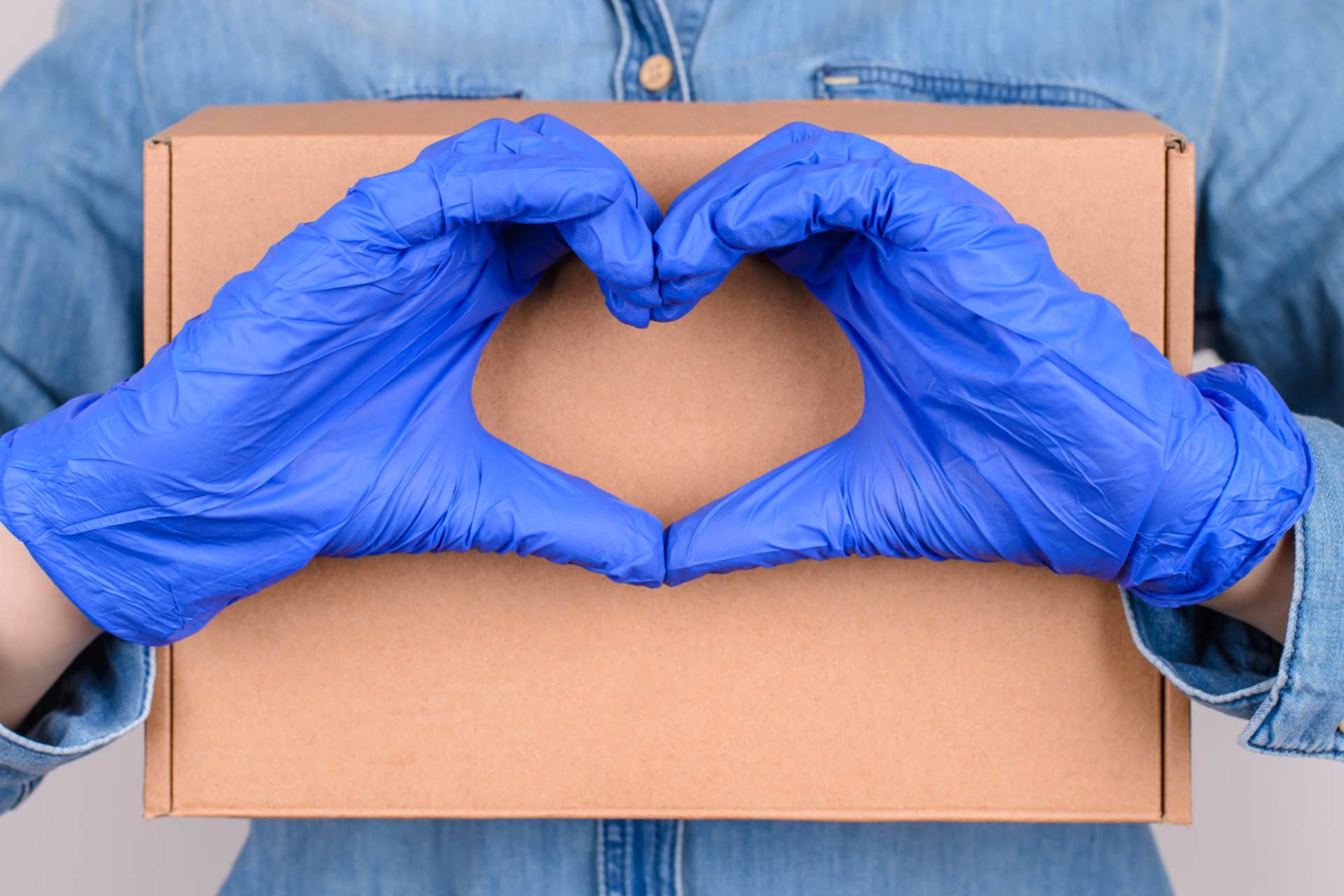
Acknowledging Ripple’s Essential Workers
Many of our Leaf411 supporting members talk about their employees like family, and Ripple is no different.
In fact, Ripple has been running an uplifting “Ripple Hero” series mixed in with their regular posts on Facebook and Instagram featuring staff from the production side of Ripple’s operations. If you’ve ever been curious about the types of people who work in the cannabis industry, it’s worth checking out.
During our interview, Coree shared that, “Like any industry, right now our staff are nervous. They’re nervous about the economic impact of jobs lost. They’re nervous about the economic impact on small businesses. The best we can do is meet people where they’re at and share our plan for keeping our team employed. At this time, we see no reason why we would need to lay off or furlough any of our employees. It’s very important to us that we keep everybody safe. It’s also very important to us that we provide a right to livelihood.”
What Makes Ripple Cannabis Products Different
When we asked Coree what makes Ripple different, product consistency, dependability and versatility were all at the top of her mind.
“I’m never going to be the person who tells you how cannabis is going to affect you. But what I can tell you is you can count on Stillwater to give you that same experience every time.”
Coree explained that when it comes to pharmaceuticals, beverages or other products, people expect a consistent experience. This expectation drives Ripple products as well.
“We want to offer the same level of consistency and dependability within the cannabis space. We believe that’s what really truly differentiates us,” she said.
While many cannabis edible products on the market are developed to be the stars of their own show (think chocolates, gummies and beverages), Ripple’s main product is a water-soluble powder that can easily be added to foods and beverages. Ripple is designed to absorb very quickly, with effects felt within 15 to 30 minutes.
“Since the beginning, both consistency and testing of our own assumptions have been core to what made this company special and what keeps us pushing forward to offer what we believe is the most versatile product that you can get on the edibles market,” Coree said.
Coree explained that, “Our products allow consumers to incorporate cannabis into their daily routine in the way that they want at the dose that they want.”
“We were one of the first companies to offer microdosing somewhat before microdosing was a term or concept,” Coree said.
Microdosing is based on emerging cannabis research showing that often people need only a very small dose of THC (less than 5 mg) to gain needed benefits or relief. Dr. Dave Gordon talked about the benefits of starting with a low dose in his interview with Leaf411 last year. Our Leaf Library also has an entire section dedicated to microdosing at this link.
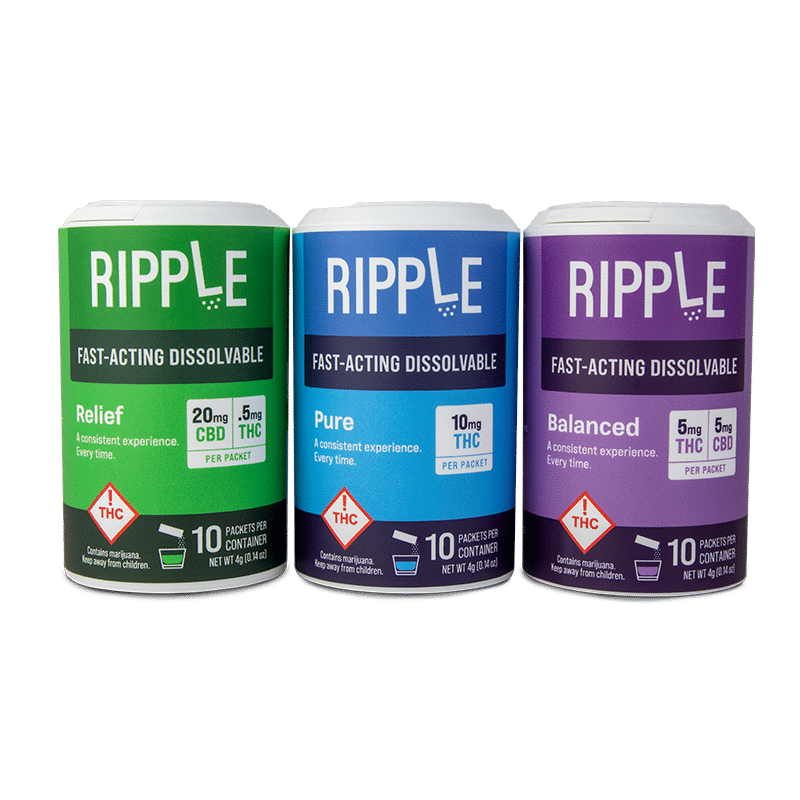
Coree said, “From the beginning of Ripple, there have been multiple doses so people can choose their right dose. For some people, a 10 milligram dose is a casual dose that they use to go to bed. For other people like me, 10 milligrams is going to make me incapable of doing whatever else I was going to do that day. Our product’s versatility allows people to have the dosages to use appropriately.”
“Also, Ripple is a water-soluble, relatively tasteless, odorless powder. We’ve heard from people who pour it straight on their tongue all the way up to people who make precisely dosed muffins with it. We heard from people who make their own mocktails with it. We have people who mix our Ripple Relief, which is almost all CBD, into their coffee in the morning,” she said.
“You don’t have to have bongwater-flavored coffee to incorporate cannabis into your routine. You can have regular coffee that you put a little bit of water-soluble powder in, the same as you would put your collagen in or whatever else makes up your morning routine,” Coree explained.
Cannabis Innovation: Ripple’s New QuickSticks
“We had a lot of consumer feedback that people were just dropping Ripple on their tongues because it was the easiest way to use it. We really wanted to make a product that would be easier for folks,” Coree said.
“Our new QuickSticks are made with Ripple but consist of a dissolvable that you drop directly on your tongue. Ripple is already a fast-acting product, but this will probably be the quickest acting product that’s going to be on the market. It’s water soluble, which means that you’re going to feel the effects a lot quicker,” Coree said.
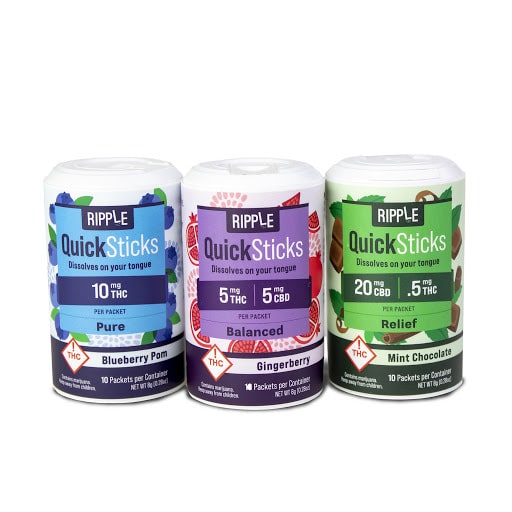
Coree described the three different QuickSticks flavors that Ripple is rolling out: Pure (the THC product) will be available in blueberry pom; the 1:1 THC:CBD Balance in gingerberry; and the CBD-dominant Relief in chocolate mint.
“We are hoping to soft launch the new products around May. We’ll be leaning on a lot of online tools during the launch as well. It’s challenging us to really switch gears and think outside the box,” Coree said.

Providing Online Cannabis Consumer and Budtender Education
COVID-19 restrictions have made existing in-person education strategies difficult, if not outright impossible.
Ripple is adapting to the new landscape by transitioning online training options, since their company representatives can no longer meet with budtenders in person to share product information.
Coree also talked about the value that their partnership with Leaf411 provides, especially when it comes to consumer questions.
“At Ripple, what we’re trying to do is provide the information we feel qualified to provide and to also point people towards sources of information that we believe to be true. We have partnerships with people like Leaf411 where we will always point medical questions. In no universe, will I ever answer a medical question because I don’t believe myself to be qualified to do so,” she said.
You can check out an example of Ripple’s new education initiative at this link, which features product information, budtender insights and even our own Leaf411 CEO Katherine Golden, RN

How Cannabis is Different: Supporting Others Across the Industry
Recently, Stillwater Ripple hosted a “Cannabis Safety During Corona” featuring Leaf411 CEO Katherine Golden, RN, along with Shannon Fender, Director of Public Affairs at Native Roots; Bob Eschino, Co-Founder and President of Medically Correct; and Nikki Kujawski, Senior Brand Manager of Ripple.
Nikki, who played a lead role in the webinar, was hanging out during our Zoom interview with Coree.
As we talked about the webinar, Nikki noted that, “Cannabis is an industry that’s always been different. Historically, Ripple and Medically Correct’s incredibles brand would be competitors. But we’re both over the moon about working together. We’ve been able to make sure everyone is supporting each other right now. I’m really excited to see how companies are stepping up and showing people that they matter.”
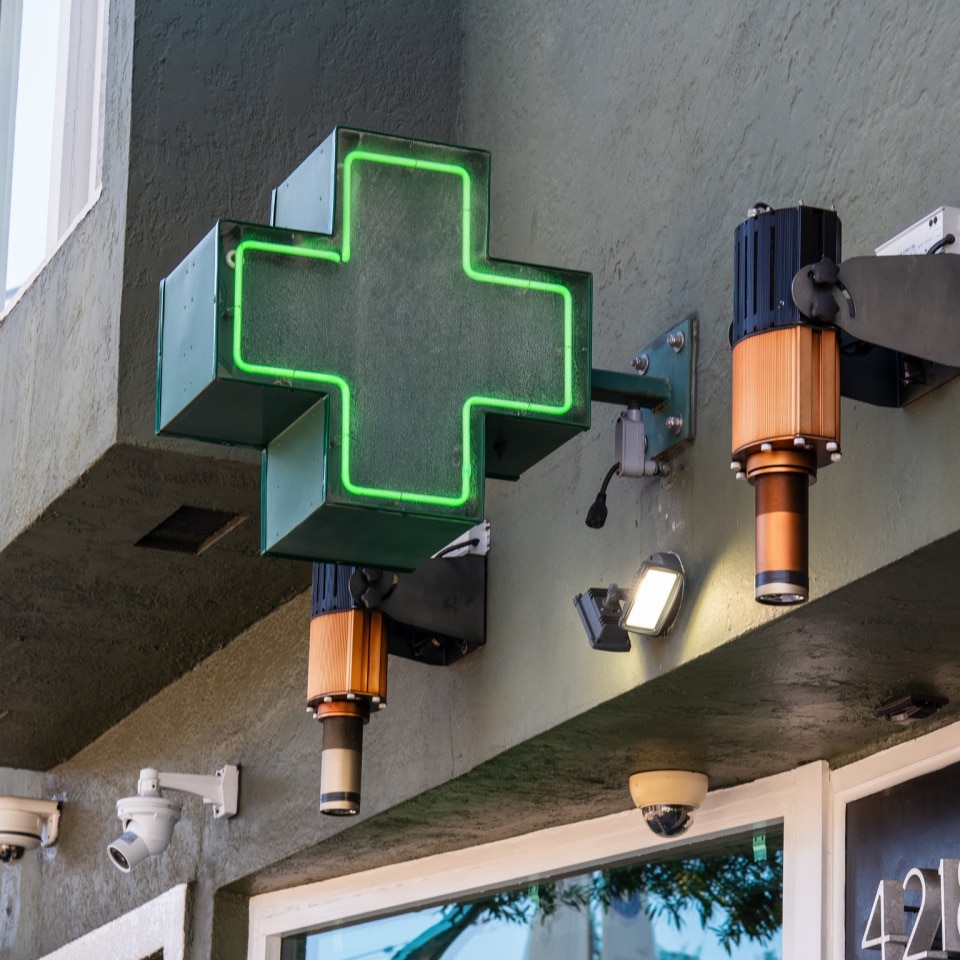
Cannabis as an Essential Business in Colorado and Beyond
Colorado, like most other states with legal cannabis, deemed both medical and adult-use (recreational) dispensaries as essential businesses that were allowed to remain open during stay at home restrictions.
Looking back on that day, Coree said, “When Denver County attempted to delineate medical versus recreational, consumers did a very clear job of communicating how they feel about cannabis. Cannabis is very much considered a critical and essential piece of people’s daily lives. For those that maybe don’t understand cannabis as well, perhaps they will realize that there are a fair amount of medical patients that still shop recreational dispensaries which have different products.”
There’s also a belief that the cannabis industry in Colorado is primarily tourist-driven, though the recent travel restrictions and stay-at-home orders are proving a strong local market exists as well.
“I’m optimistic that we will be able to show how many local consumers we have—that cannabis isn’t just a tourism industry in Colorado. There is not any tourism happening right now, which means the cannabis industry will have a chance to really speak to the strength of the local market,” Coree said.

The Need for Cannabis Consumer Education Continues
Many manufacturers, dispensaries and CBD hemp retailers are rolling out online education via webinars, eLearning modules or even online chats. At Leaf411, we’re encouraged to see these companies recognize that product education is an important part of the overall customer experience.
However, very few–if any–of those resources have the clinical training to answer your specific health questions about cannabis.
Our fully-licensed Leaf411 hotline nurses do have that training! Our non-profit hotline provides free information and guidance on using CBD hemp and legal marijuana for wellness and relief. Whether you are concerned about potential medication interactions with cannabis, or just wondering where to start, we can help.
Call 844-LEAF411 (844-532-3411) at no cost to have your questions answered by one of our fully-licensed RNs. We’re also available via online chat. Look for the chat feature on the bottom of our website home page.
The Leaf411 cannabis nurse hotline provides free, anonymous education and directional support to the general public about the safe use of legal cannabis. We partner with select business members who meet our rigorous standards to extend our education and outreach efforts.
